GALLERY
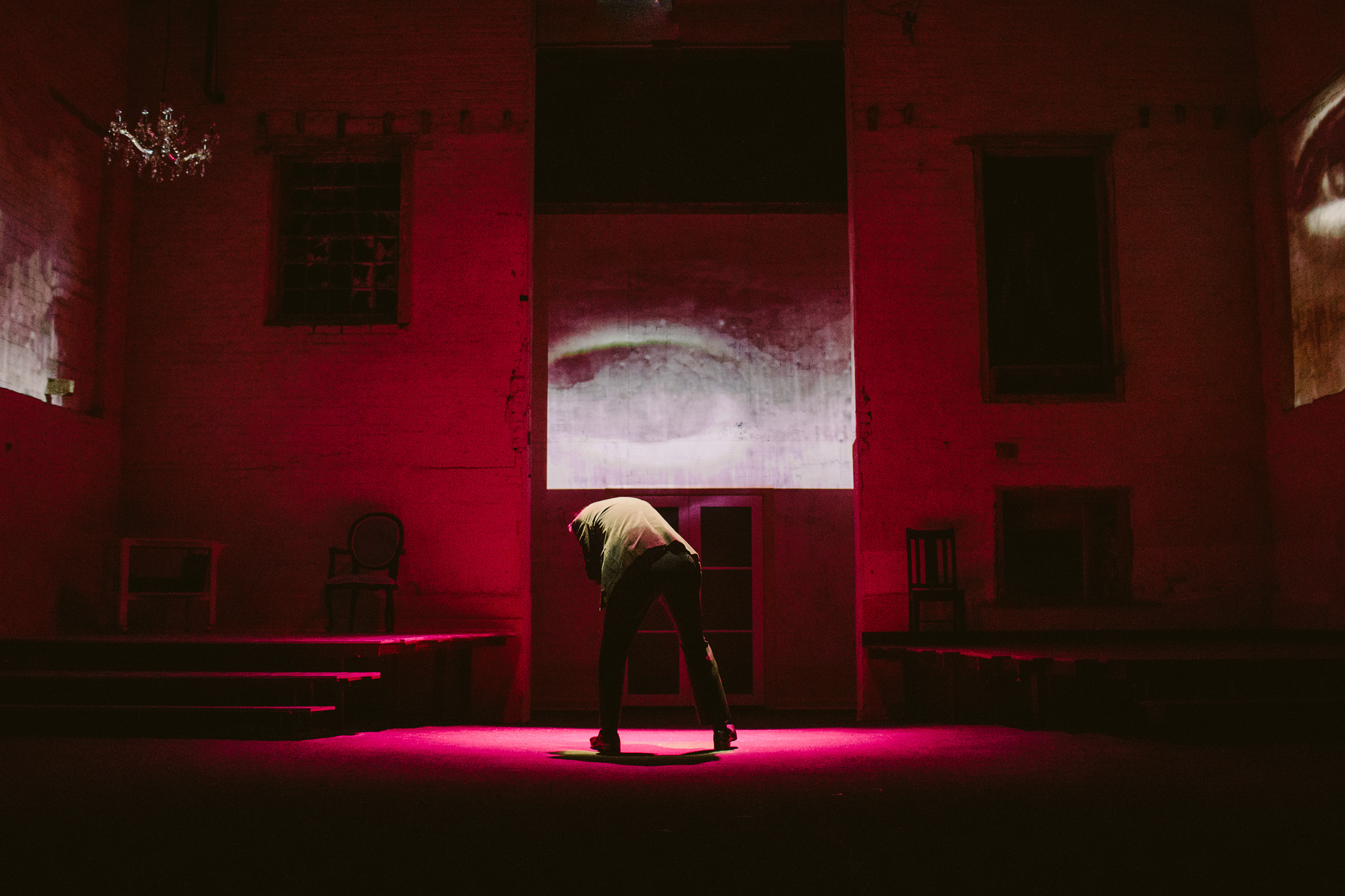
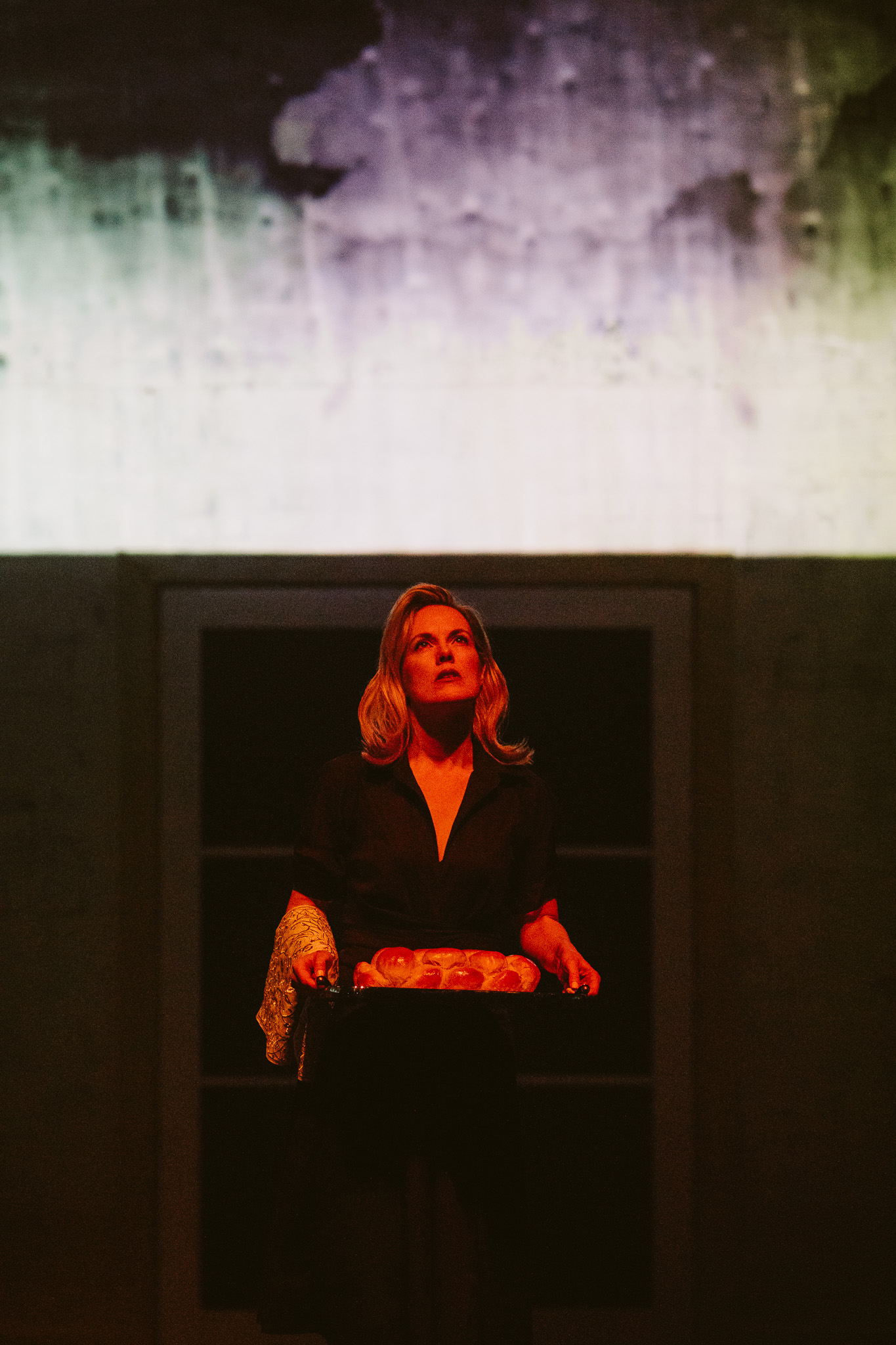
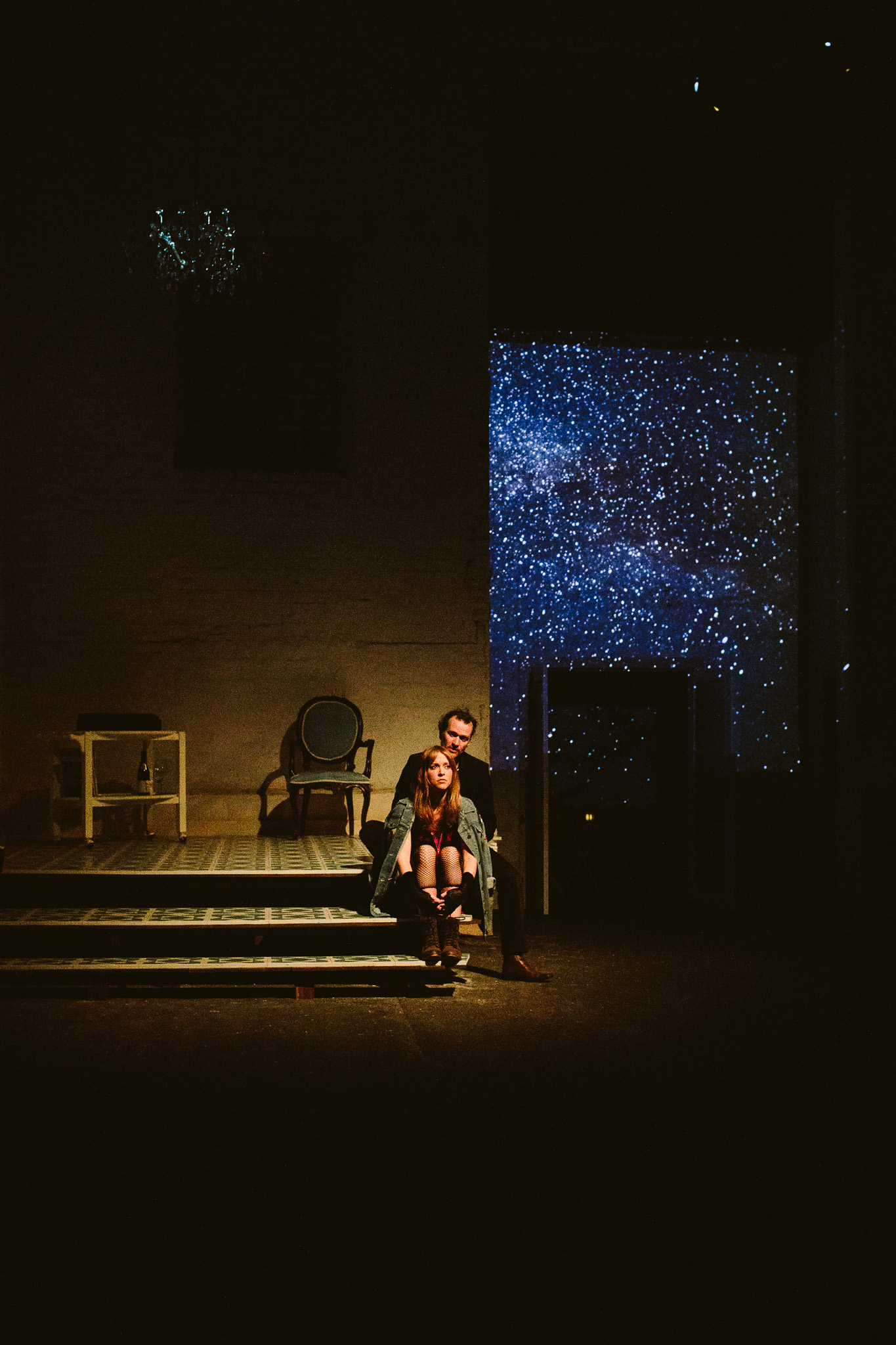
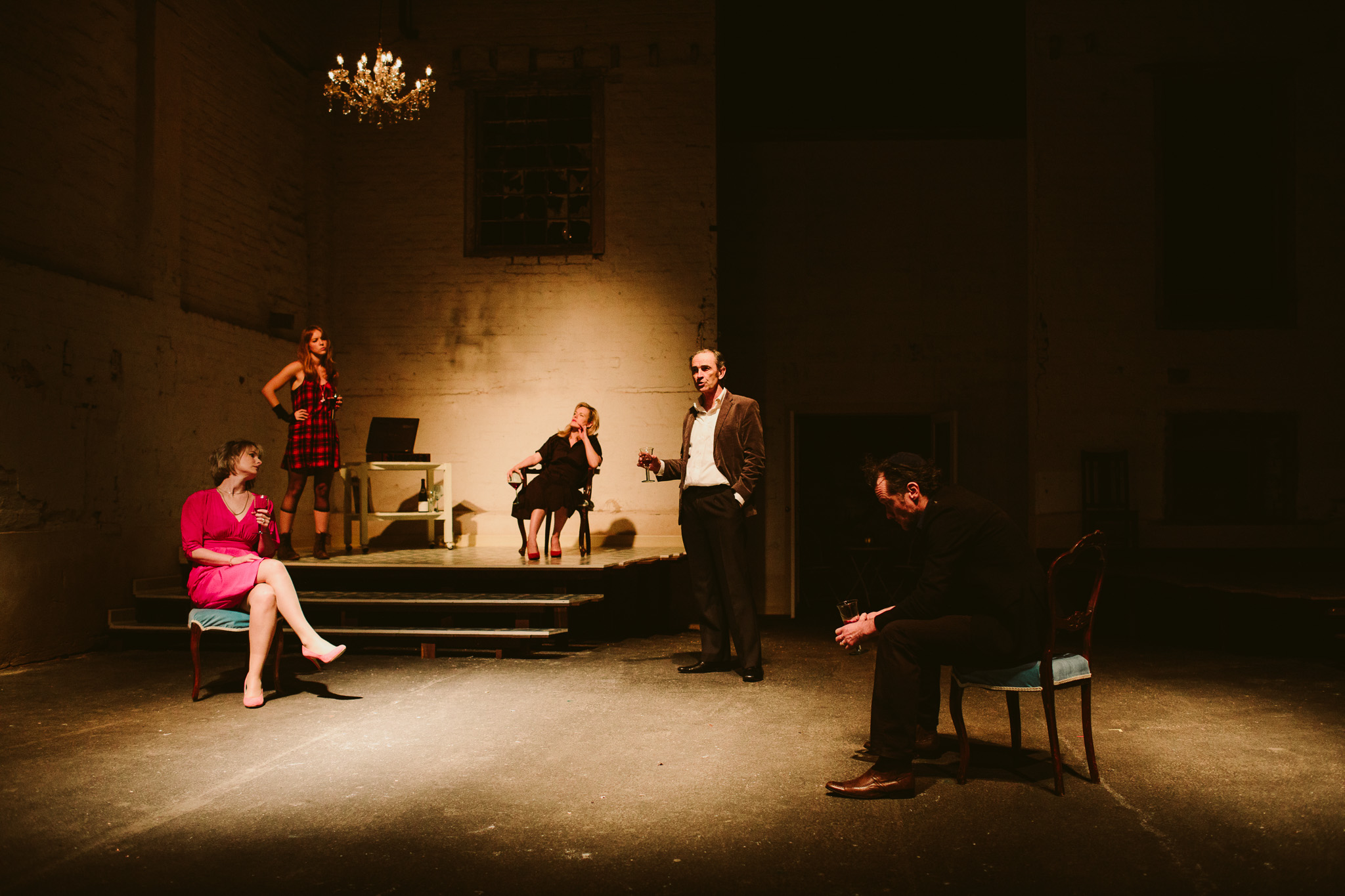
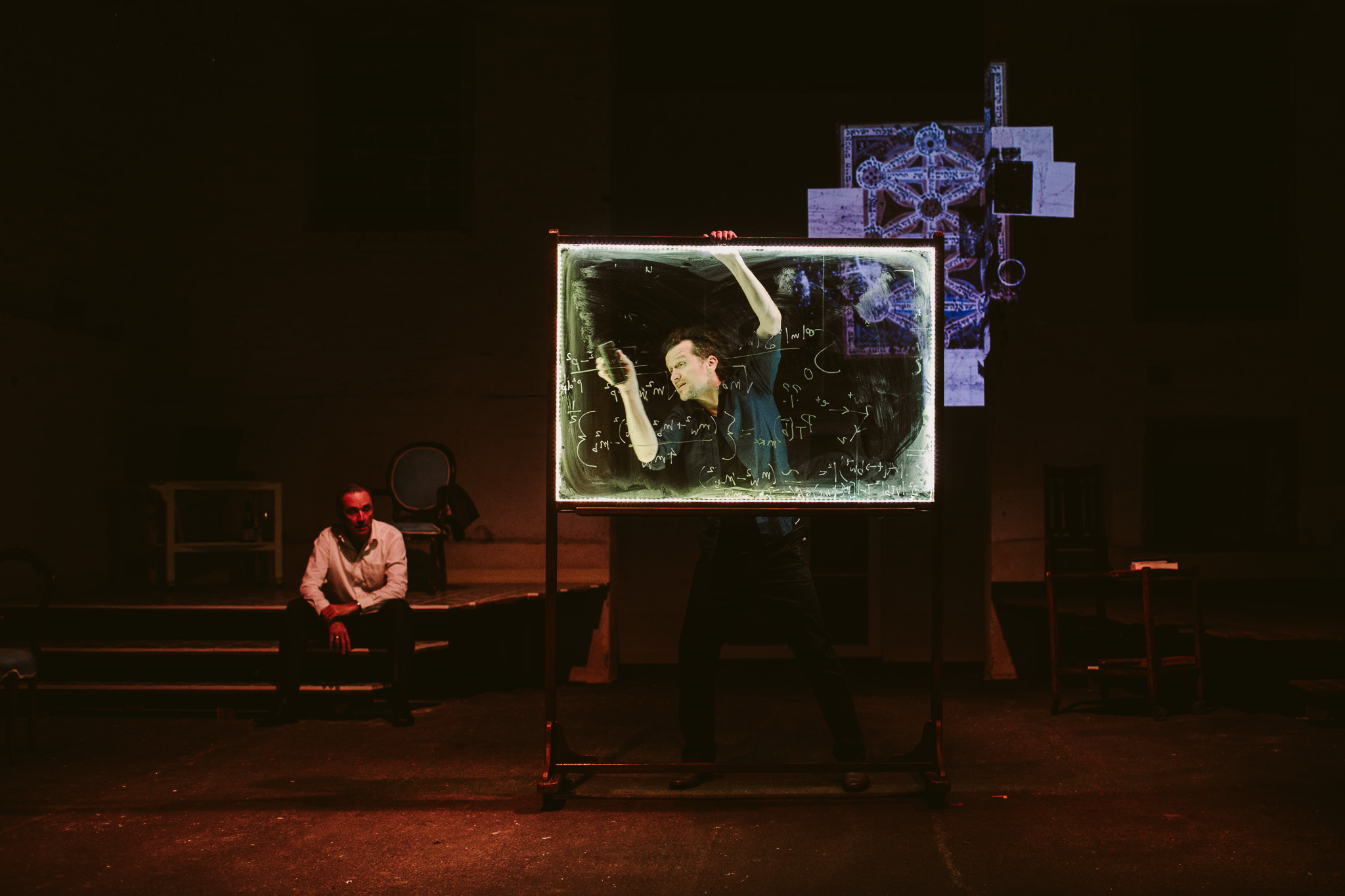
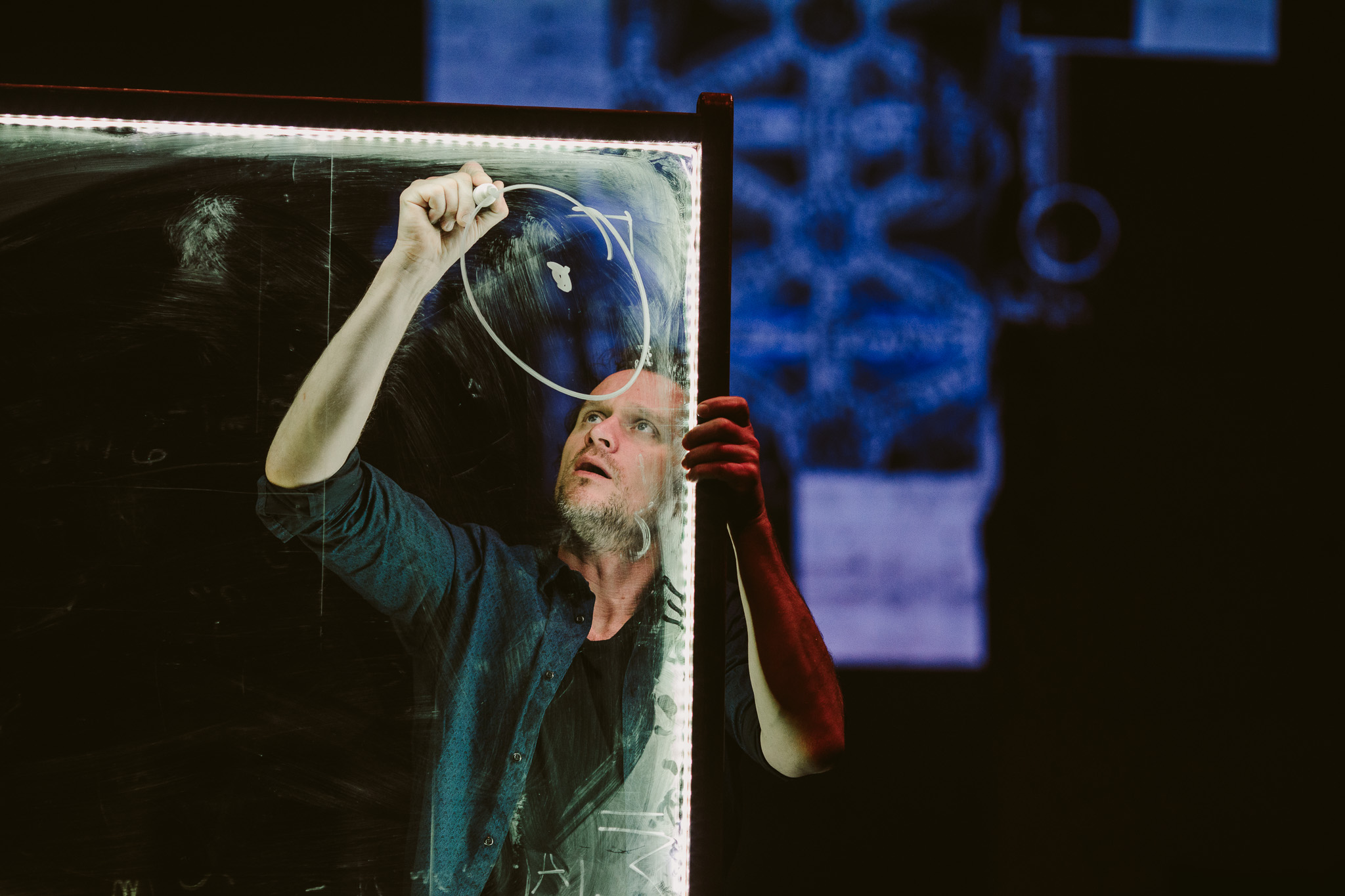
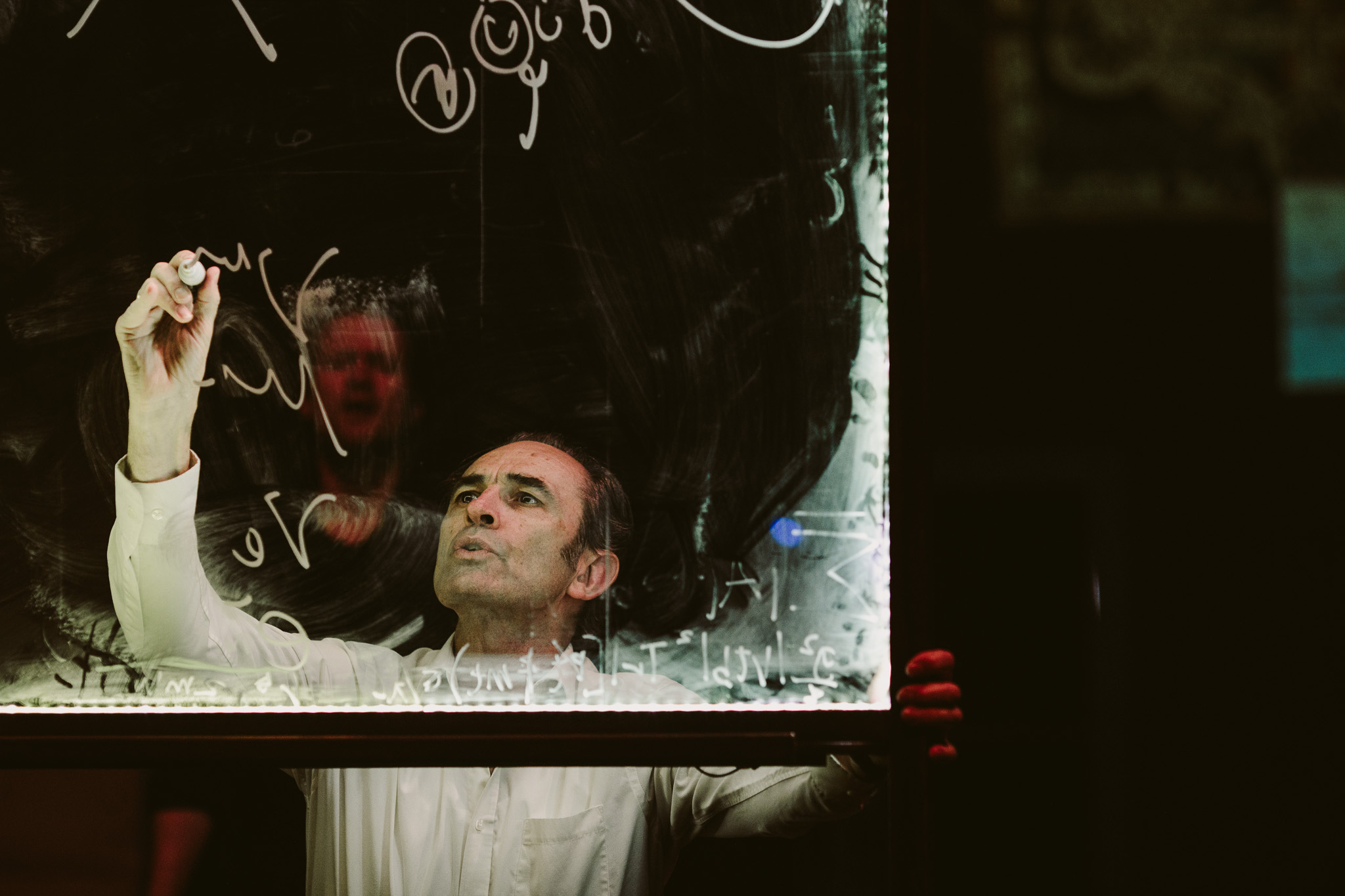
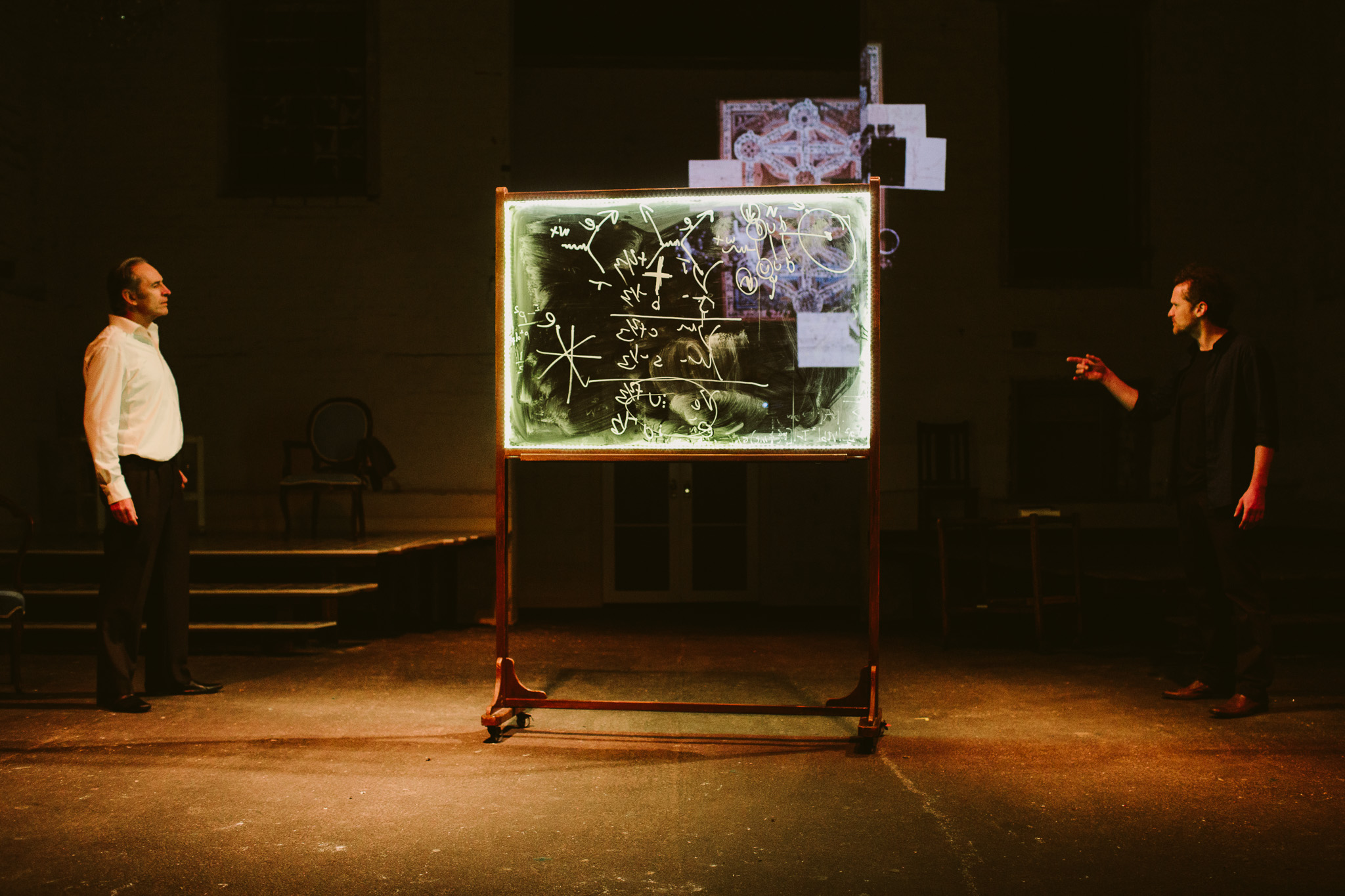
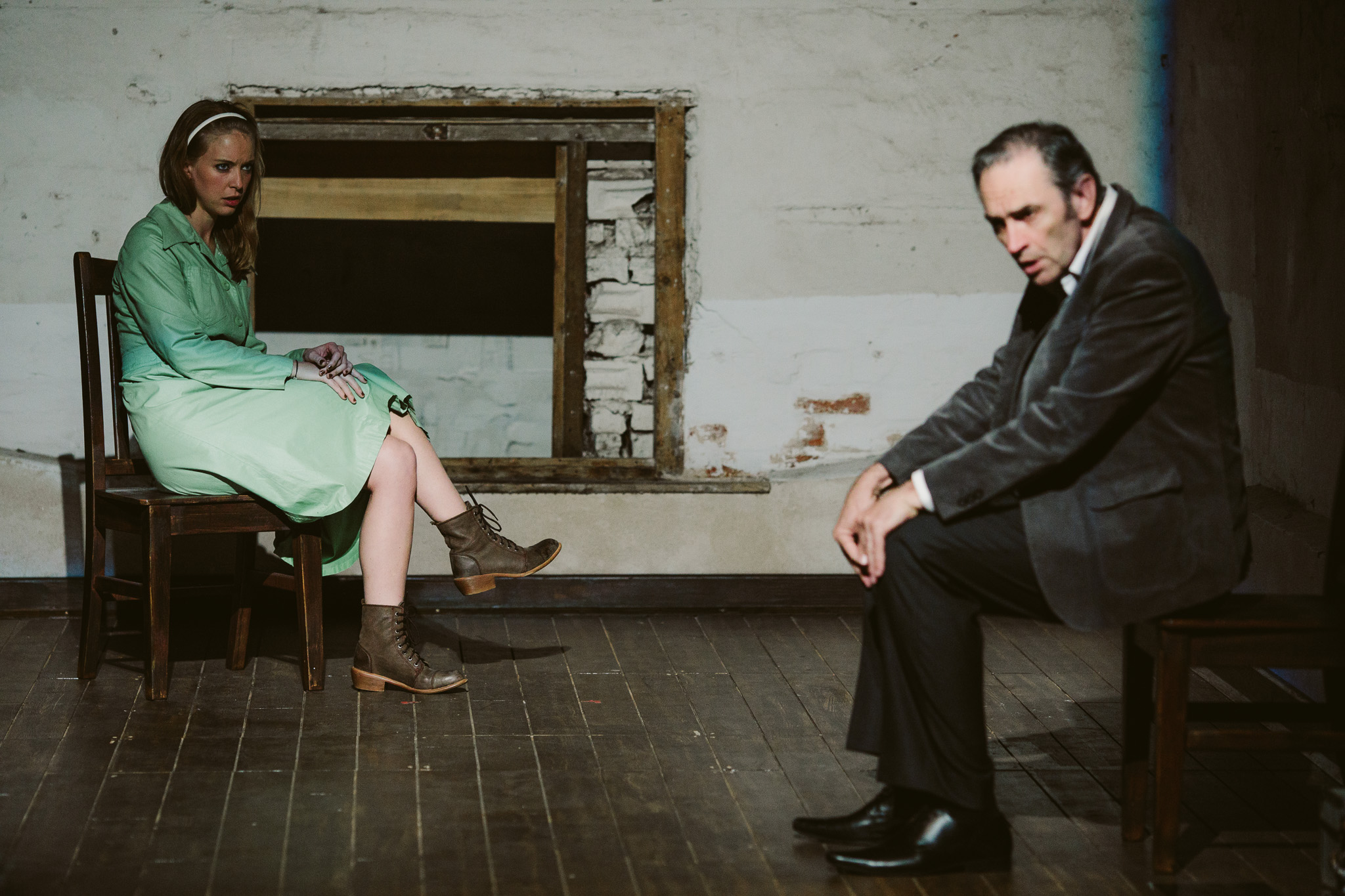
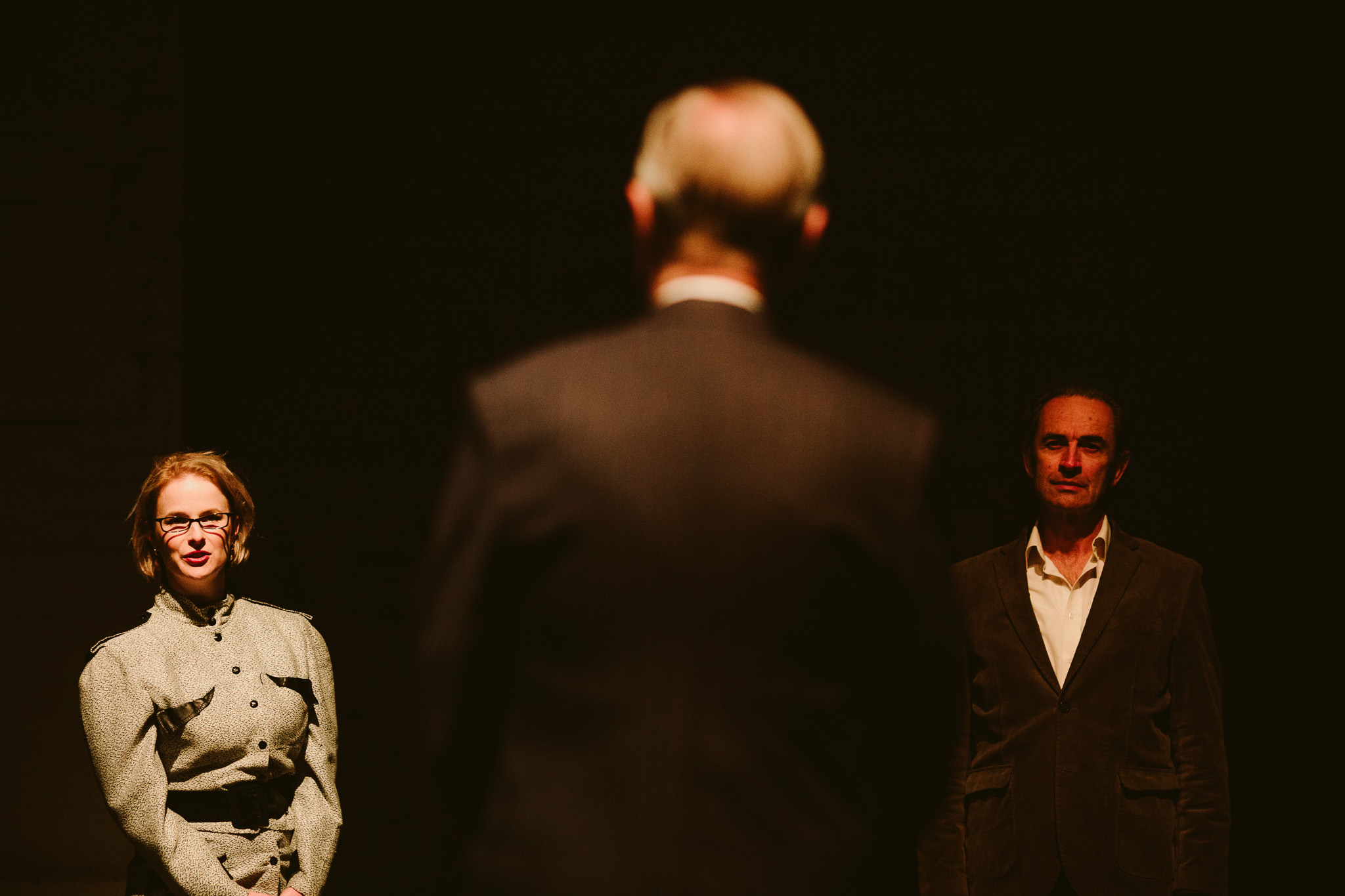
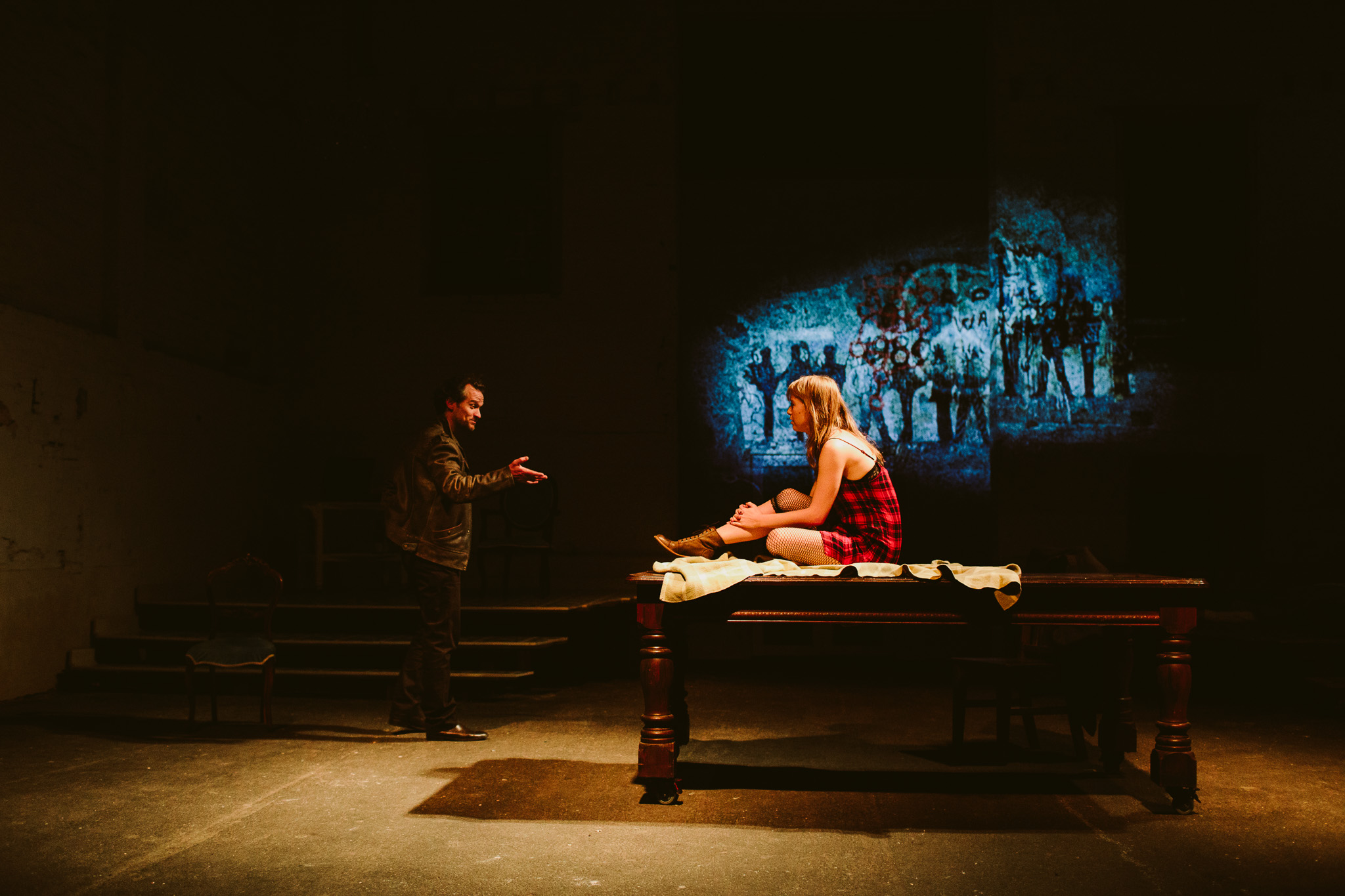
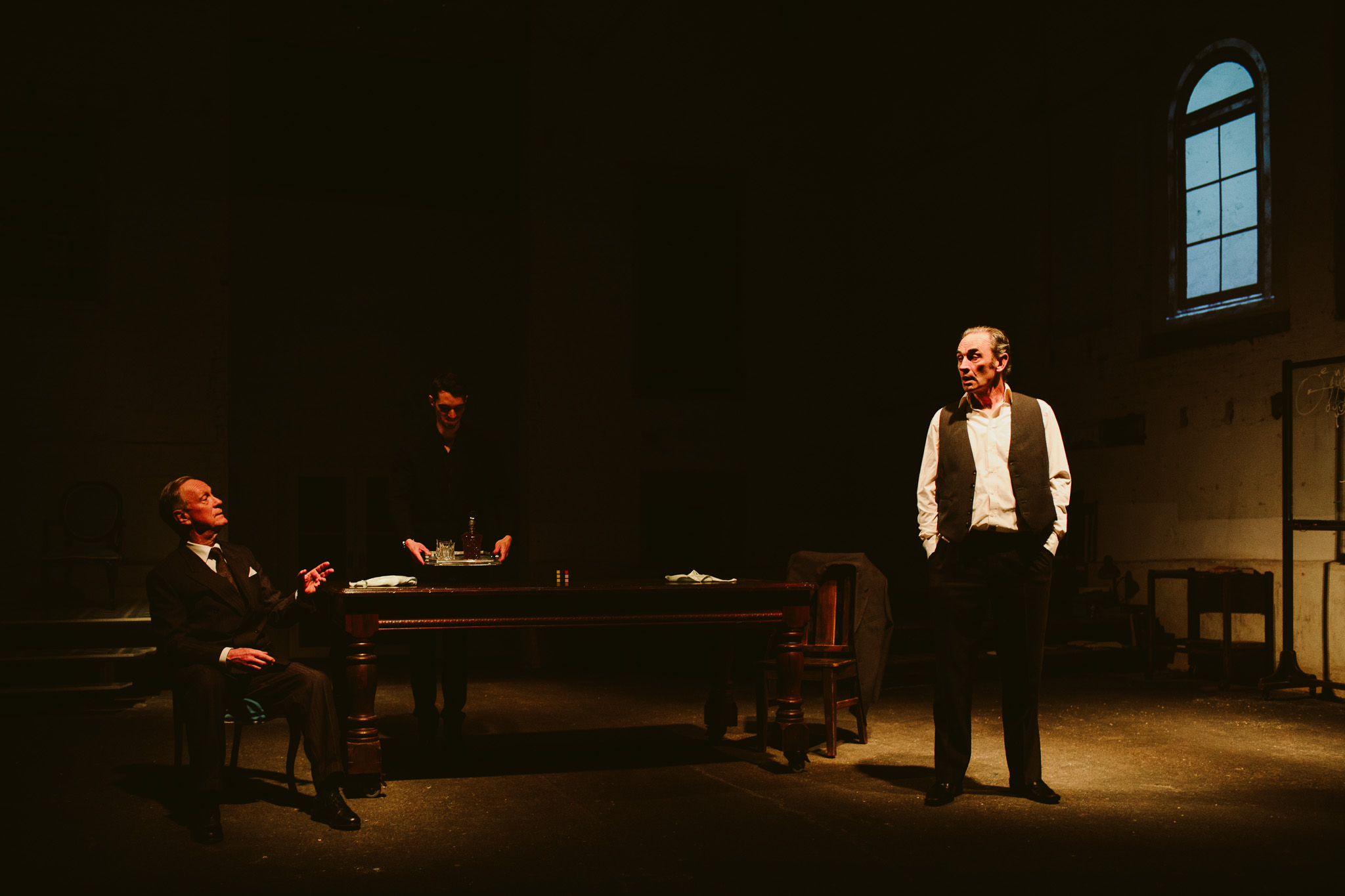
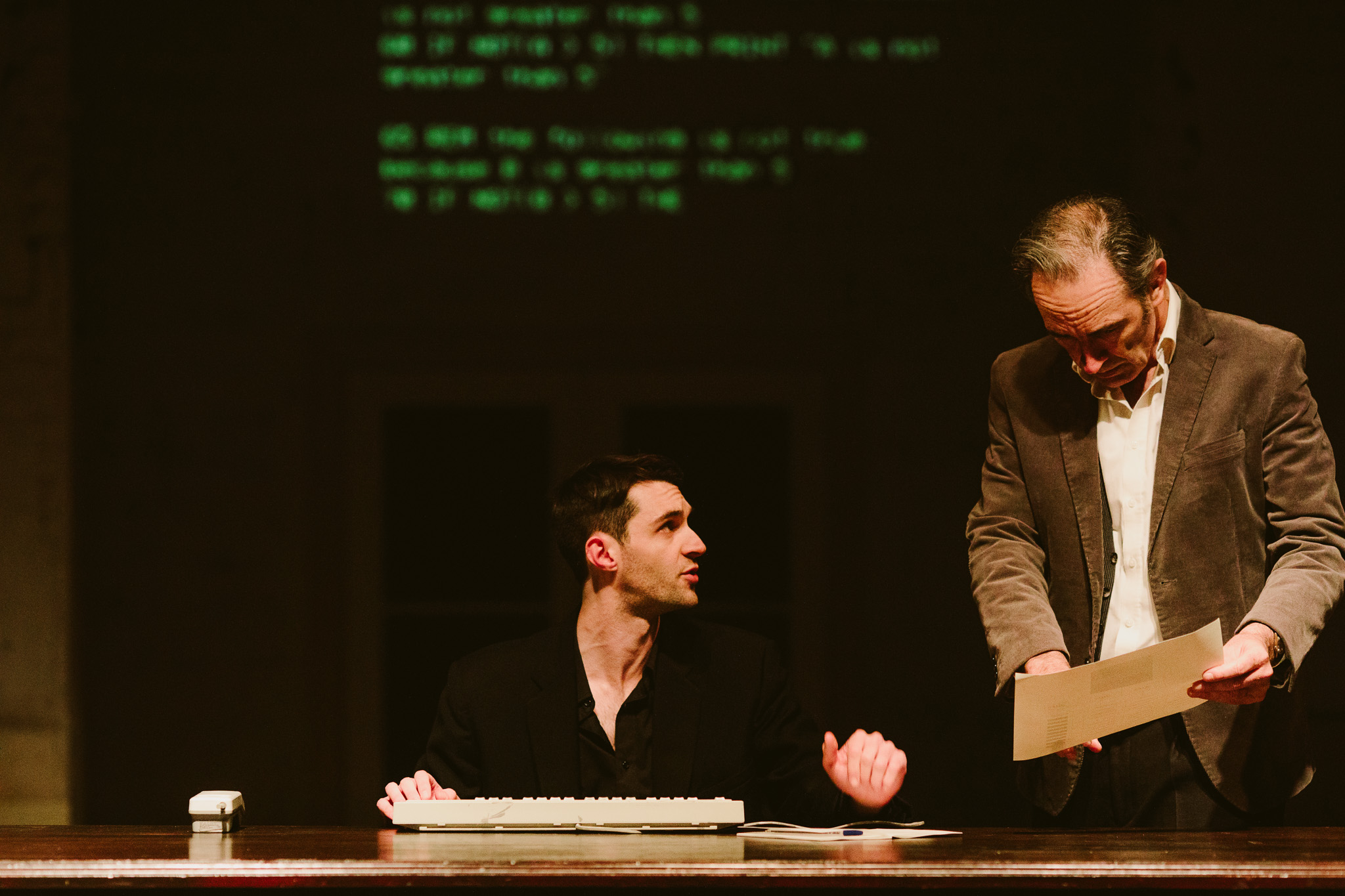
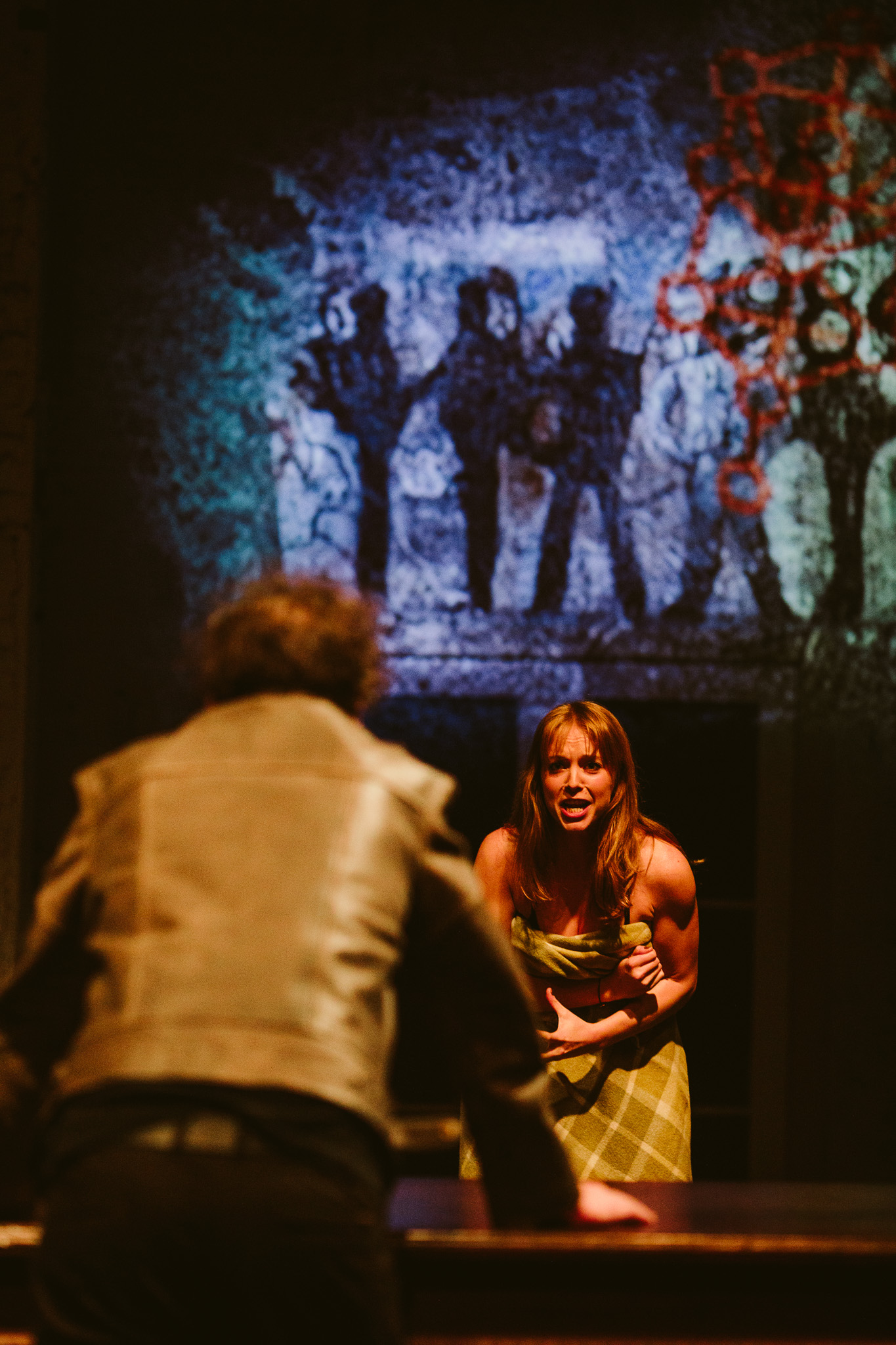
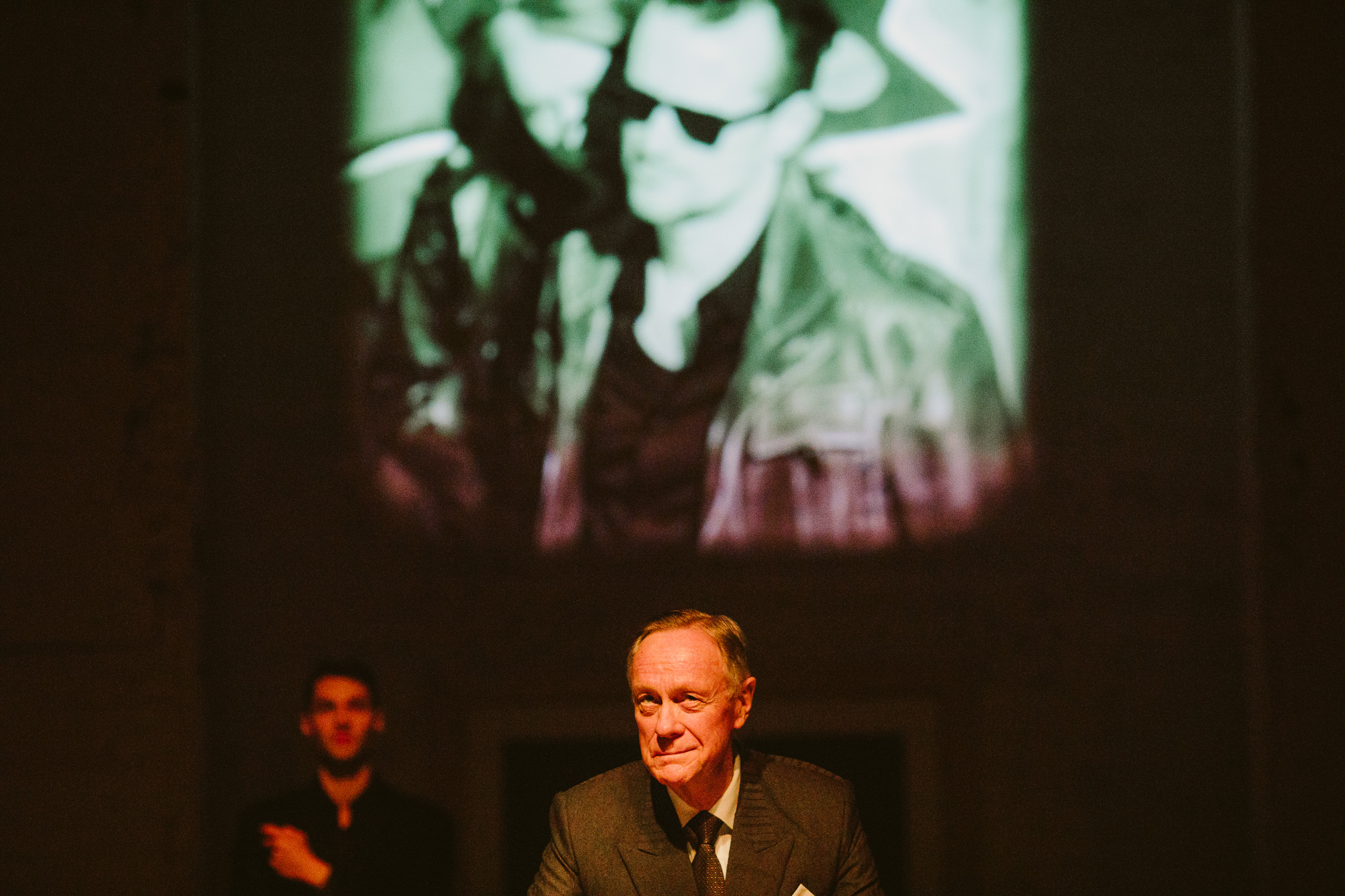
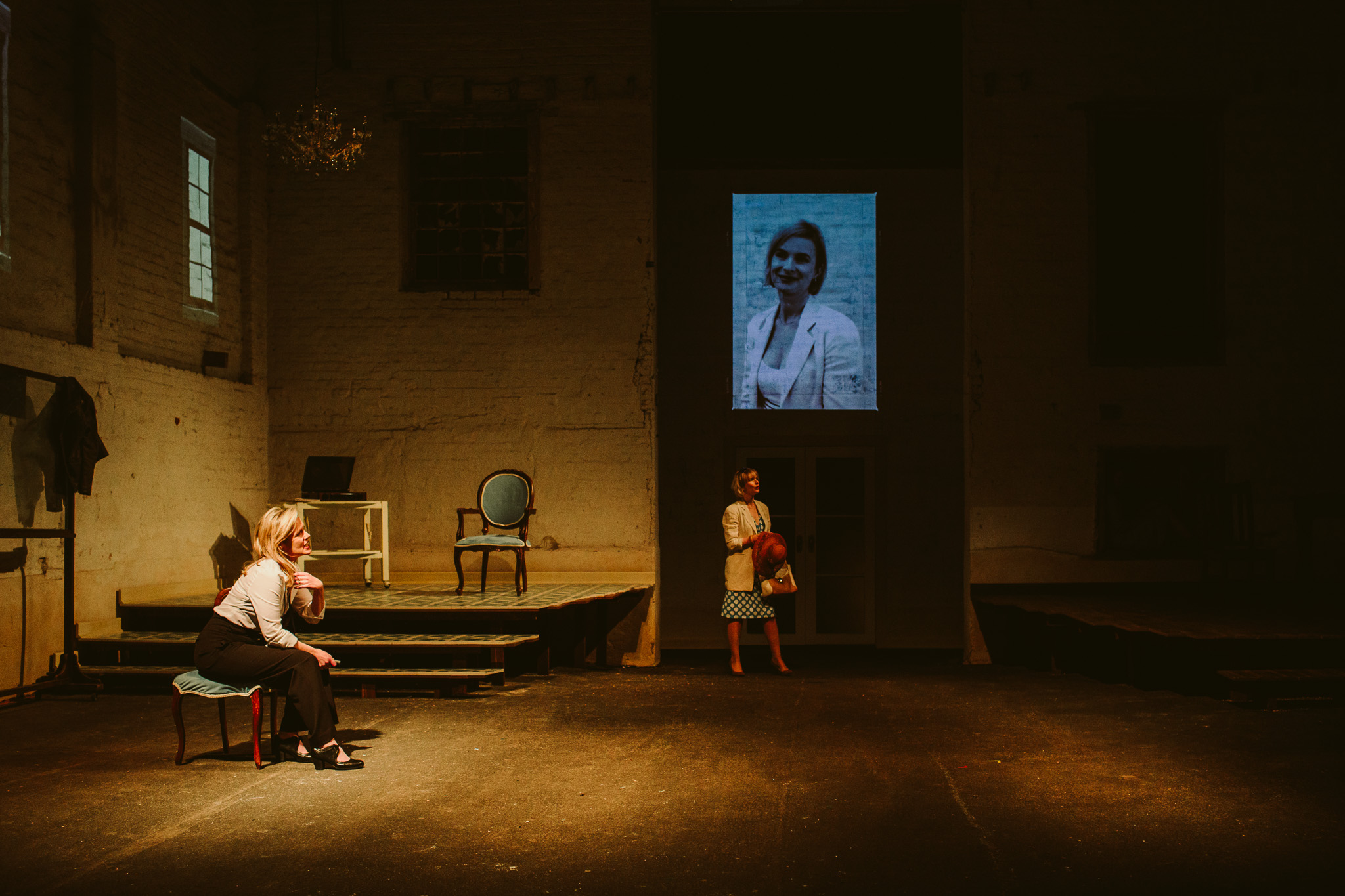
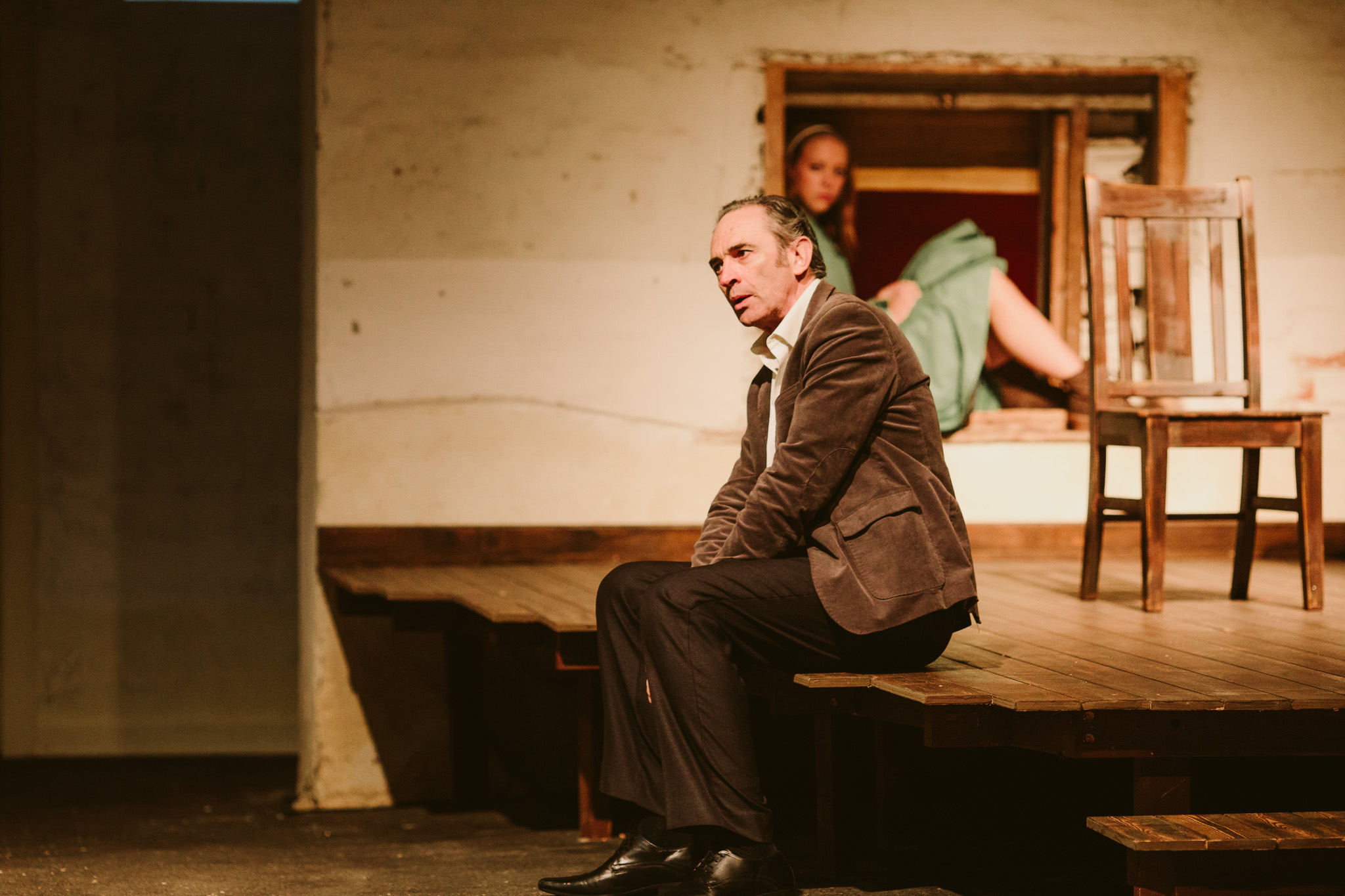


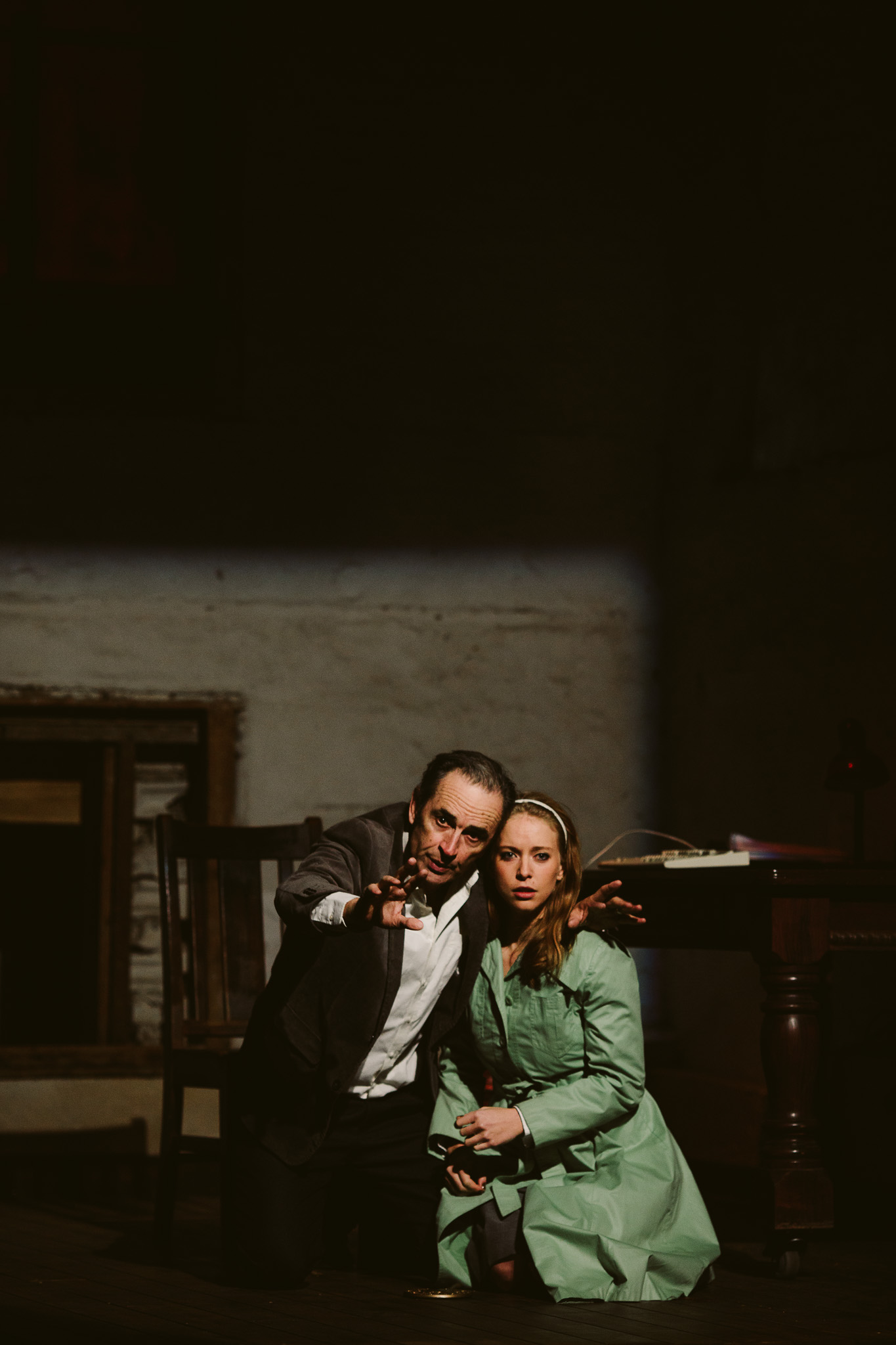
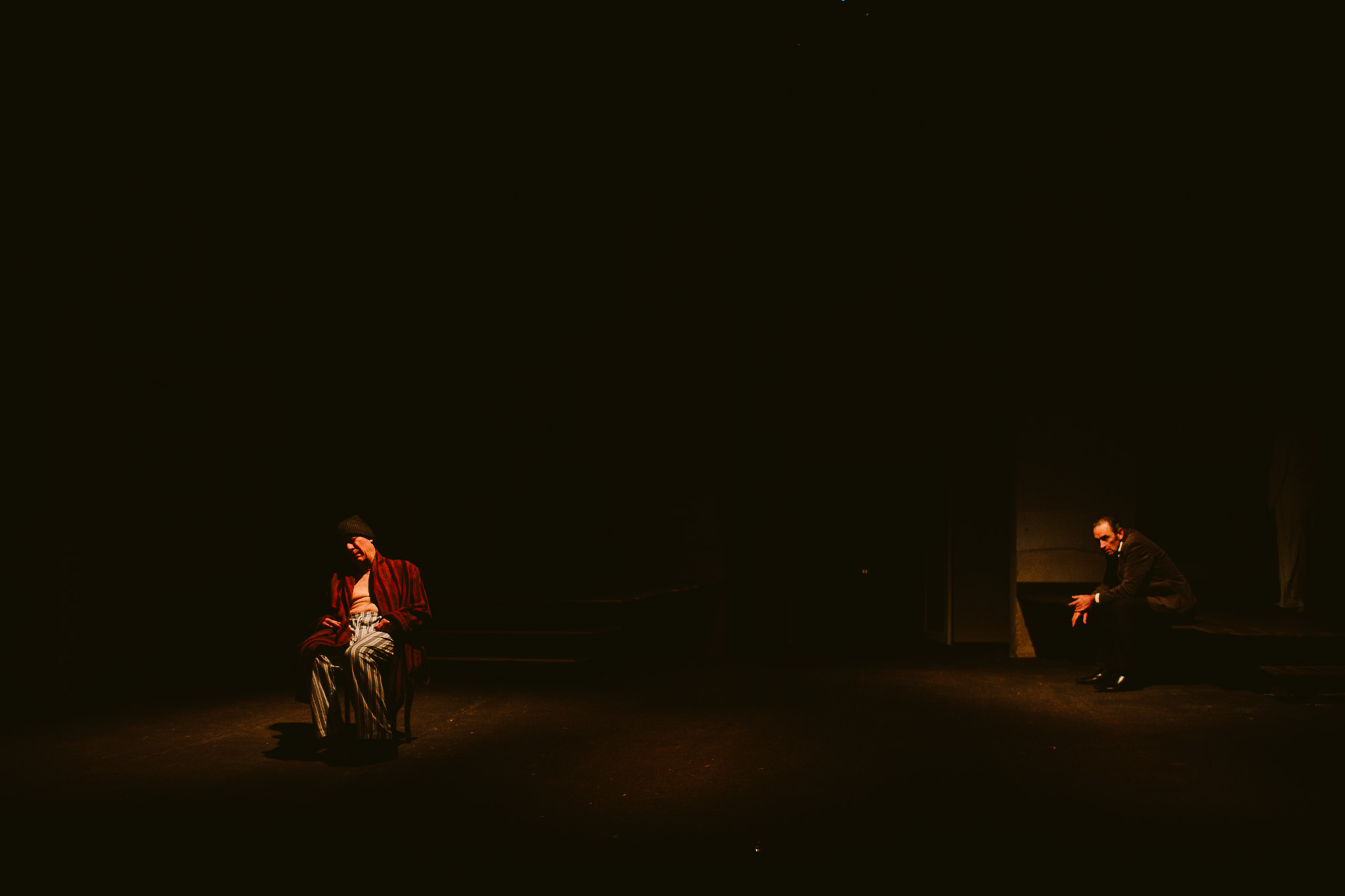



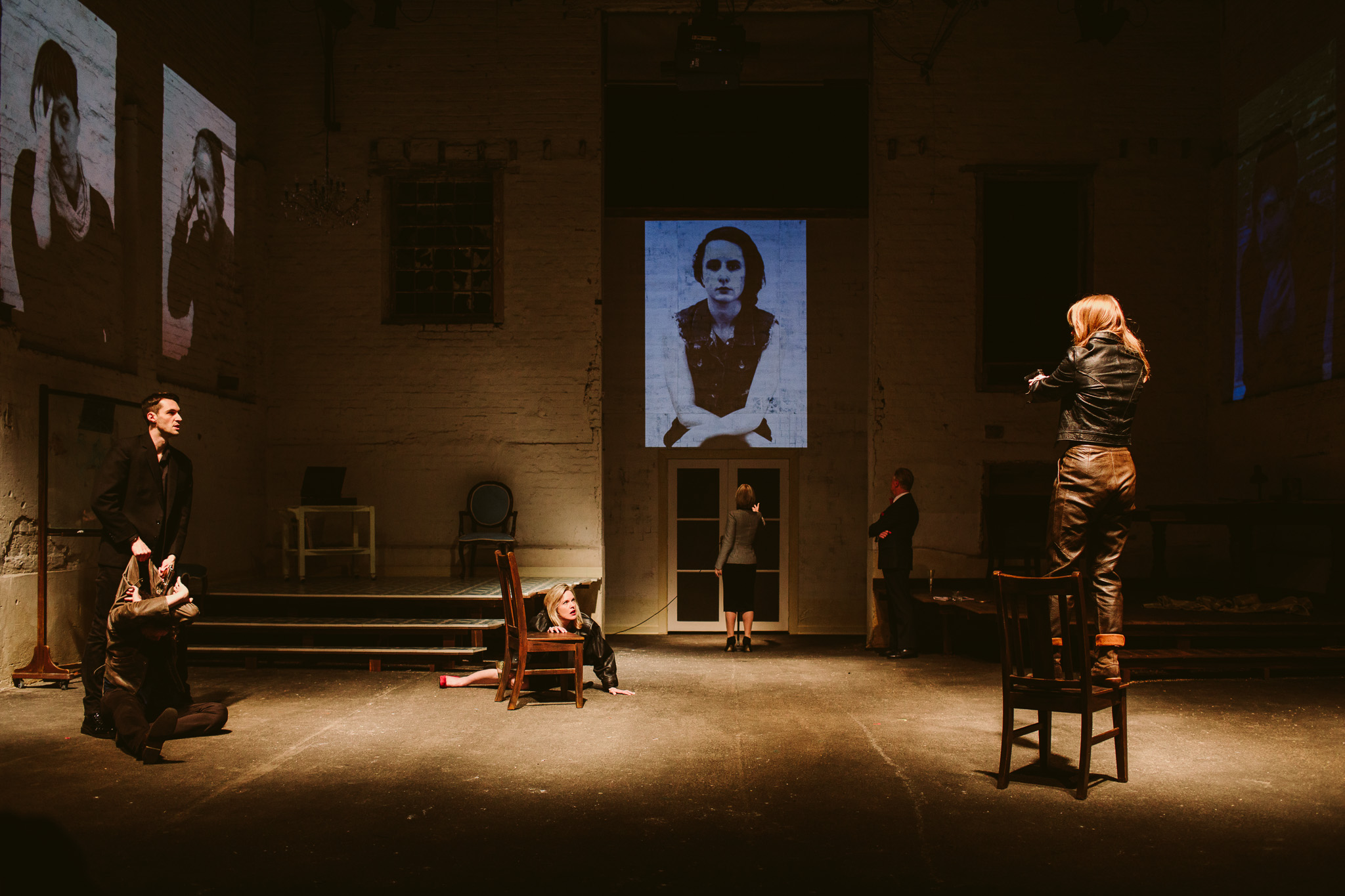

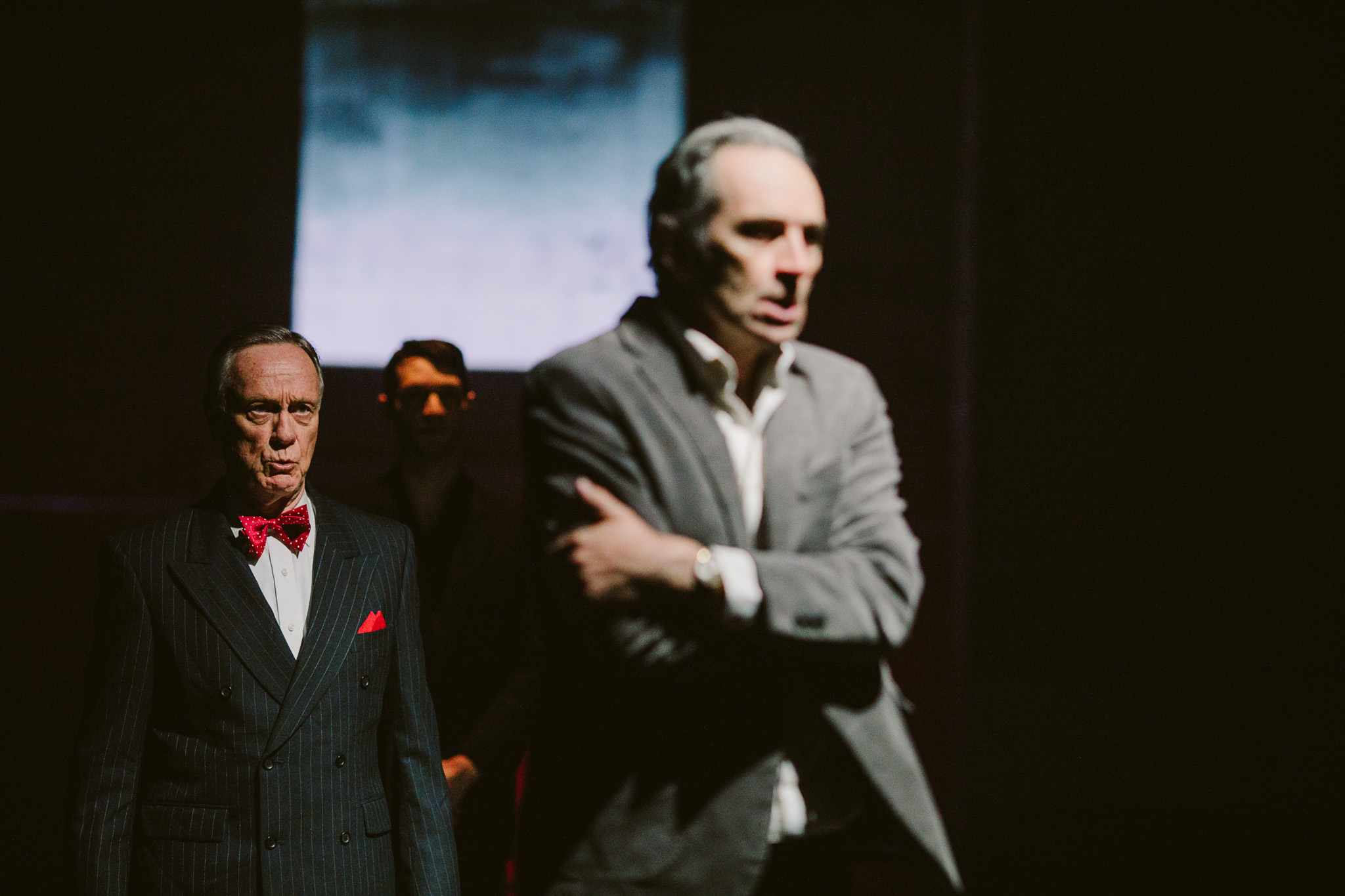

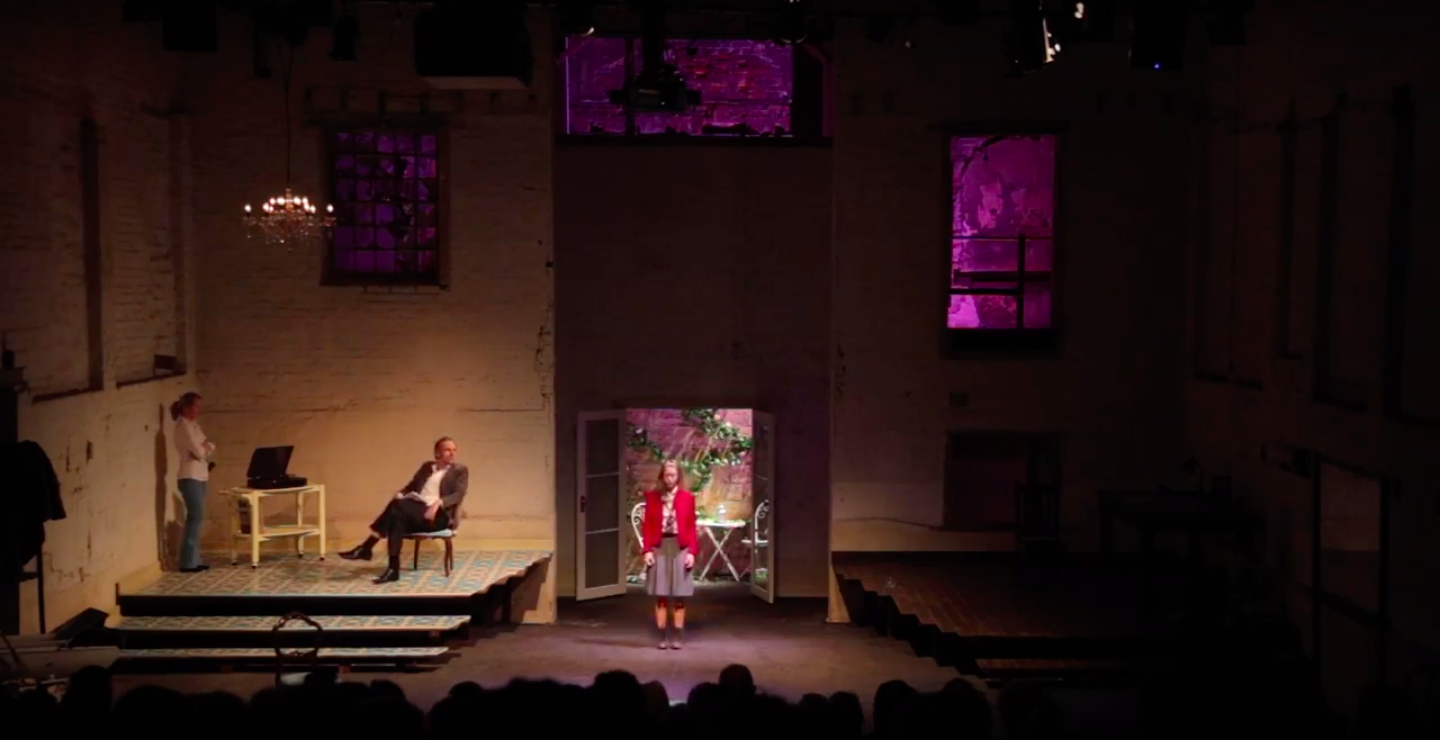
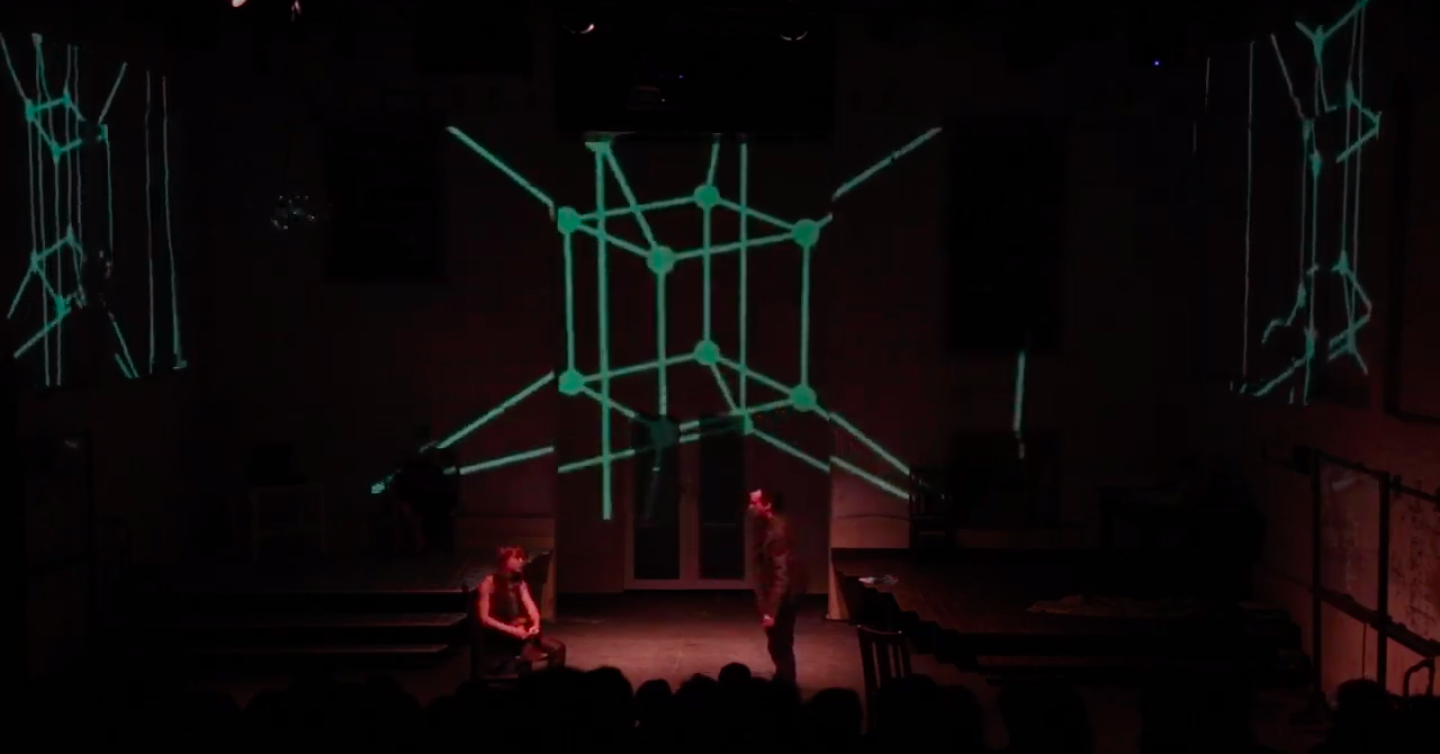


REVIEWS
BRIGHT NEW WORLD FOR ALL TO SEE
The Advertiser, Peter Burdon, 21 Sept 2018
Quite why Stephen Sewell’s astounding Welcome The Bright World has not had revival after revival since its creation in the early 80s is something of a mystery. His later plays have certainly marked him as one of Australia’s great dramatic writers. Kudos, then, to director Charles Sanders and his House of Sand company for bringing this epic work back to the stage.
In broad terms, it concerns two scientists, a mathematician and a physicist, who make a truly monumental discovery, with plenty of real-world implications. Very quickly, government takes a deep interest, and we are plunged into a world of dark secrets and shady business, all very Big Brother. Where, in all this, is truth to be found?
Sanders’ direction is profoundly insightful, and in bringing dramatic order to the chaos of the story he has assembled a stellar cast. Terence Crawford as mathematician Max Lewin gives a powerhouse performance of quite extraordinary range and quality, from tiny moments of intimacy and the comfort of old friendships to explosive frenzy. It is riveting. As his physicist friend Sebastian, Roman Vaculik (making a welcome return to the stage after some years’ absence) is likewise outstanding.
Max’s family, wife Anat (Jo Stone) and daughter Rebekah (Georgia Staley) and Sebastian’s wife Fay (Anna Cheney) likewise run a full range of emotions, intelligently responsive to the turbulent emotions that are making everyone’s lives miserable. The foreboding presence of the State is played with brooding menace by Patrick Frost, and other characters doubling up.
Really fine work, not to be missed.
Struggle for Truth in a Police State
The Australian, Murray Branwell, 25 Sept 2018
Welcome the Bright World and welcome back Stephen Sewell. His turbulent, engrossing, digressive, disputative drama has been greatly missed.
It is 36 years since Nimrod first staged its Welcome and, while other Sewell works, with their glorious unfurling titles, have occasionally resurfaced, this play, set in Germany in the early 1980s, has not. Until now, when (under the umbrella of State Theatre Company) House of Sand and director Charles Sanders have produced this accomplished and commanding revival.
Like many of Sewell’s works the play is a mix of the personal, the political, the philosophical and the popular thriller.
Max Lewin is a Jewish mathematician intent (in sometimes fractious collaboration with his colleague Sebastian) on unpicking the mysteries of particle physics and finding the elusive quark of truth. Germany in 1982 is ground zero for global instability- ignited by political extremes, domestic terrorist insurgencies and the real fear of imminent nuclear war.
Max is recruited to assist with planning covert government surveillance, believing that his calculations have no ethical implication. Others think differently; the idealist Sebastian, for one, and Max’s rebellious punk daughter Rebekah.
As social connections become strained and alienated, relationships fray between wives and husbands, between friends and colleagues, and beliefs and convictions begin to falter.
Sanders and designer Karla Urizar have used the cavernous, unreconstructed Queen’s Theatre to good effect, assisted by Owen McCarthy’s grainy monochrome video projections and strategic lighting. Mario Spate has assembled an evocative sound design of oscillations, pulses, subliminal Kraftwerk-ish noodlings and other aural punctuations.
There are many strong performances. Sewell writes well for women and the dialogue between Anat and Fay, the wives of the scientists, is presented memorably by Jo Stone and Anna Cheney, as they reflect not only on the deterioration of their marriages but their lost trust in each other.
Georgia Stanley vividly captures the daughter Rebekah’s restless energy and navigates the cryptic role of Gabriele, Max’s mysterious confidante. As Heinitz and Dr Mencken, Max Garcia-Underwood and Patrick Frost are convincingly sinister secret state functionaries without turning into Bond villains.
As the erratic, naively free-spirited, intellectually curious Sebastian, Roman Vaculik provides essential contrast to Terence Crawford’s Max, who is retreating into abstraction, guilt and dissociation. Crawford’s animated, agitated performance is central to the production’s success, even as it risks histrionics and grand gesture — especially in the overlong, runaway Act 3.
Sewell demands this theatrical magnitude because the stakes are high. His plays bravely reach beyond their grasp, ungoverned by defensive ironies and cynicism. They also challenge and invigorate audiences, reminding us that bright worlds can still exist.
Welcome the Bright World
The Barefoot Review, Samela Harris, 21 Sept 2018
From time to time the term “tour de force” leaps forth in the theatre. And, here it comes again to describe Terrence Crawford’s performance in the revival of Stephen Sewell’s 1980s play, Welcome the Bright World. For all the fine work surrounding this production, it is Crawford’s triumph in a role he is re-inhabiting after a NIDA student production some 35 years ago.
Welcome the Bright World is a fierce foray into science and politics set in an era when computers were still clunky and office-based, and print-outs emerged as great sheafs of perforated sheets. Here we have two physicists desperately chalking out mathematical equations in the quest for the truth quark, now known as the “bottom" quark. The play is set in Germany between Wiesbaden and Berlin. The senior professor is a German Jew. The academic for whom he comes to work is a former Nazi. Around these principal protagonists are family and authority. The family descends into despair as the daughter’s beliefs swing towards anarchy and the physicists have trouble keeping their fidelities in line.
The play’s content sprawls through science, politics, religion, philosophy, culture and history, a great sweeping swathe of Sewell as we so well recall him from the 80s heyday. And, we may reflect, many things remain much the same in the ethical carnage we have come to know as politics.
It is a good thing that director Charles Sanders and his House of Sand company are magnets for bright young audiences since such samples of serious Australian theatre are wholesome grist for the cultural-future mill.
And being young probably helps audience members when it comes to sitting in the Old Queens. For all the loving attention to its restoration and use as a vibrant venue, it remains cold and physically hard going. House of Sand has supplied knee rugs which help, but beware of the nice little wedding chairs moving backwards and their rear legs slipping into the tier gaps. There were a few distracting moments for audience members discovering an awkward sinking feeling on opening night.
But, the play’s the thing and Sanders has embraced the great white cavern of Queens with a brilliant spectacle of production effects. Black and white projections bring heavy rain to great high windows accompanied by a clever omnipresence of rainy sound. It feels soothing, moody and strangely prescient. Indeed, Mario Spate’s overall soundscape for this production is nothing less than stellar. Owen McCarthy’s lighting plot, similarly, is vivid and thrilling, albeit occasionally erratic on opening night.
With the backing of State Theatre’s set and costume expertise, the production sings finesse born both of practicality and ingenious use of venue. Family living area, office and student apartments are represented on two dais stages which flank the centre opening of the Old Queen’s performance space, the back wall of which has been pleasantly transformed into a garden patio setting. The gaping high window is illuminated to frame actors for dramatic moments, particularly in the opening and closing scenes. Large clear perspex screens, cleverly edged by lights, are rolled onto the stage for the mathematical calculations of the two scientists. They work brilliantly, the actors’ faces clear and close as they dash out their symbols on the faux blackboard surface. Calculations are reiterated by projector on the back wall from time to time. The performance area is always busy with visual enhancements of the action. It even works as an art gallery as one of the characters’ has an exhibition. She is Anat Lewin, a photo artist, much conflicted and wife of the principal scientist Max, and she is portrayed with admirable emotional balance by Jo Stone. Her best friend is beautiful Fay of the stiletto heels and compassionate presence, aptly embodied by Anna Cheney. Their relationship is strained by the dubious mores of their spouses and the hormonal attachments of the Lewin daughter, Rebekah. In her first professional role, Georgia Stanley gives powerful presence to the character of Rebekah and also that of Max Lewin’s young mistress. Roman Vaculik depicts the younger scientist, Sebastian, with a certain degree of European panache, fleshing him out into states of desperate ambivalence when required. It is a strong characterisation and it is a strong cast. Patrick Frost delivers the ominous ex-Nazi bureaucrat, Dr Mencken, with a core of ice, contrasting this role dramatically in the cameo role of the dying dad with dementia. Last in the lineup, Max Garcia-Underwood is sleek and slick as the sinister factotum Herr Heintz.
Sewell writes epic plays with meaty roles for actors and in this case, the part of Max Lewin is nothing less than an entire herd of Charolais for Terrence Crawford. He soars from gentle soul to shattered madman. And, even if it’s not one’s favourite play, it brings towering performances in a very snazzy, professional production from the talented Charles Sanders and his House of Sand team.
We can only look forward to what they bring us next.
Theatre Review: Welcome the Bright World
Glam Adelaide, CJ McLean, 25 Sept 2018
Quantum physics, geo-politics and teen rebellion crash headlong into one another in House of Sand’s Welcome the Bright World, an Umbrella production with the State Theatre Company of South Australia. Stephen Sewell’s 1983 play traffics in big words; big themes; big emotions. This should make for a rousing night at the theatre, and on the whole it succeeds in creating a sense of time and scale. While some elements do fall flat, there is no doubting the style and sophistication of this production.
Welcome the Bright World’s script, despite its two-and-a-half hour run, perhaps aims too hard to arrive at a central truth. There is so much on show that it unfortunately comes across as excessive rather than thoughtful.
On this showing alone, Charles Sanders presents as a shrewd director and artist, picking up on material that can make an audience stir uncomfortably in their seat and delighting in the theatricality of the play. This is embodied on-stage by Terence Crawford’s electrifying Max. Jo Stone is strong and steady beside him as Anat, while Georgia Stanley gives a many-layered performance as Rebekah.
Karla Urizar’s design is excellent, enveloping the natural features of the Queens’ Theatre to conjure up a dingy underground warehouse feel. Mario Spatë’s compositions, though overused in some crucial scenes, are also evocative.
Welcome the Bright World makes great use of its time and space. This is a show with its talent proudly on display, and indicates an impendingly bright future for House of Sand and its creatives.
1980s Berlin comes to life in Welcome the Bright World's quest for 'truth'
VIW Magazing and The Conversation, Lisa Harper Campbell, 24 Sept 2018
Performance group House of Sand, in collaboration with the State Theatre Company of South Australia, has mounted an ambitious production of Stephen Sewell’s work, Welcome the Bright World. The play questions truth, humanity and what constitutes our individual and collective worlds.
Over three acts, the audience is transported to 1980s Berlin, a tumultuous period in German history characterised by division, domestic terrorism and the Cold War.
We view this world through the experiences of Max Lewin (played with clarity and lovely nuance by Terence Crawford), a mathematician and physicist aiming to contribute meaningfully to the world through his work. Haunted yet hopeful, Max balances his personal relationships with his photographer wife Anat (Jo Stone) and anarchist daughter Rebekah (Georgia Stanley) with his working life in the field of particle physics alongside Sebastian (Roman Vaculik). He also begins work in data collection and analysis for a government keen to control (read: monitor) its civilians.
Adelaide’s Queen’s Theatre, an underutilised but intriguing space in and of itself, serves as an appropriate backdrop. It evokes the kind of derelict repurposed studio spaces set up by European artists of the time who embraced punk and anarchy in defiance of the 1980s’ avant-garde movement. This is further reinforced by the theatre’s hallway entrance acting as a gallery space exhibiting some of Anat’s photos.
The stage is effectively divided into five areas. Each side of the main stage boasts a raised platform of incomplete floorboards and stairs descending to the open centre downstage area. It invites us to question what lurks beneath the surface of everyday life. Upstage double doors open to an outside courtyard area and an elevated empty doorframe on the upstage wall acts as a useful framed balcony for peripheral action and imagery.
This constructed world is populated by engaging, movable set-pieces (the illuminated, transparent “blackboards” were a highlight) and beautifully costumed actors, courtesy of Karla Urizar’s work as production and costume designer as well as the State Theatre Company’s workshop and wardrobe.
Owen McCarthy’s lighting design offers clear points of focus and seamless transitions. However, the use of projected images is only intermittently successful.
The Brechtian technique of intertitles announcing changes in acts, time and space is beneficial, as is the inclusion of Anat’s photographic work. On the other hand, the lingering image of Oedipus (communicating a family unit engaged in self-destruction) and the recurring rain clouds (a feeling of gloomy uncertainty) seem excessive, driving home points already made several times in the script. Mario Spate’s oppressive soundscape seemed more of a hindrance than a help in the creation of any tension or atmosphere.
The production is thematically concerned with truth. Max and Sebastian’s work leads them to the potential discovery of “Truth”, the final quark (an elementary particle and a fundamental constituent of matter) that had eluded scientists for decades. Anat is a photographer fascinated by the corporeal expression of emotional truths. Both Max and Anat are interested in the physical world, each trying to explain, capture and frame it, but in different ways.
Max’s collaboration with the government to develop a system of data collection for surveillance also holds contemporary relevance for life in a digital age where “truth” and identity consist of data; information that is accessible, marketable and susceptible to manipulation.
The playwright’s notes describe Welcome The Bright World as an investigation into “how human beings themselves are moulded and twisted as we try to survive the inhuman forces tearing us apart”. The lies we tell ourselves as individuals (and as a nation) in order to survive and relate to one another are reinforced by the web of lies between the married characters, and also by references to Germany’s wartime experiences.
Max’s dual German and Jewish identities are brought into direct conflict, especially when he engages with both his Holocaust-survivor father, Mr Lewin senior, and a former Nazi now government associate, Dr Mencken (both played by Patrick Frost).
His daughter Rebekah, representative of a new German and Jewish generation, undergoes a political awakening throughout the play. She rebels against authority and its manipulation of the “truth”, all while questioning, with nihilist undertones, the meaning of it all.
Sewell’s script does well to entangle the personal with the political and the physical with the philosophical – challenging audiences to accept that one cannot exist without the other. Director Charles Sanders along with House of Sand are to be commended for not only bringing this work to life in a vibrant space through the work of a committed cast and creative team but also for inviting Adelaide audiences to engage with a thought-provoking piece questioning fundamental truths about ourselves and our world.
The epic sweep of politics
Witness Performance, Ben Brooker, 27 Sept 2018
‘As good a production of this play as you could want to see’: Ben Brooker on the revival of Stephen Sewell’s Welcome the Bright World at the STCSA
As a rule, left-wing Australian playwrights don’t take up ideas but ‘issues’, cribbed from newspaper headlines and thinly theatricalised, often to indifferent or, worse, doctrinaire effect. Stephen Sewell is an exception. His run of early, large-scale plays – Welcome the Bright World (1982), The Blind Giant is Dancing (1983), and Dreams in an Empty City (1986) – are rare in their ambition, epic canvases for the exploration of power and the relationship between the individual and society.
It says much about the timidity of Australian mainstream theatre companies that of these plays, only Blind Giant has been revived (most recently by Belvoir in 2016). As with the works of Patricia Cornelius – which, like Sewell’s, are grounded in naturalism but veined with the poetic and expressionistic – their main stage production history belies their influence.
So too their relevance, which, if anything, has increased over time. Sewell’s anti-capitalist, anti-imperialist vision of US hegemony and economic liberalisation feels vital at a time when socialist values have, in the wake of popular movements, entered the political mainstream through figures like Bernie Sanders, Jeremy Corbyn, and Alexandria Ocasio-Cortez. Which isn’t to say that Sewell is always prescient, but that his plays are animated by an awareness of the broader sweep of historical and political forces, of their pitiless circularity, in a way that is rare in Australian naturalistic theatre.
While Chekhov and Ibsen, like Sewell, refracted the social and political through the interpersonal, Sewell narrows this gap so that larger forces – history, the state – seem to hover right over his characters, like a magnifying glass held above a group of ants. In Sewell’s work, nothing is avoided or made elliptical. For all their articulacy and supra-individual commitment – to family, friendship, ideology – the playwright’s characters, riven by compromise and betrayal, scrap like animals in a cage, reducing each other to a raw, almost pre-political state. It’s a recipe for electrifying, if occasionally exhausting, theatre that, at its best, lays bare the corrosive effects of structural power on human relationships.
I say “best” because Sewell’s recent output has tended to emphasise his flaws as a playwright, his didacticism and propensity for overstatement especially. His dramaturgy, always unwieldy, has become cruder of late, at its worst descending into a sort of cheap, Michael Moore-ish soup of liberal outrage (the fate, it must be said, of a lot of political theatre after 9/11, from Harold Pinter down). To revisit plays such as Welcome the Bright World is to be reminded of a time when Sewell’s anger had not yet outrun his ability to make an argument through dramatic means, namely event and interaction – in a word, plot – rather than dialogue alone.
As with most of Sewell’s early plays, Welcome the Bright World marries the form of a family drama with that of a political thriller. Its plot is dense and labyrinthine. Set mainly in Berlin and Wiesbaden in 1982, at the height of the Cold War, its principal characters are Max Lewin (Terence Crawford) and Sebastian Ashkenazi (Roman Vaculik), two German-Jewish intellectuals tasked with uncovering the final quark, at that time known as “truth”, thought to complete the picture of the physical universe.
Max’s wife, Anat (Jo Stone), is a fine art photographer engaged in her own search for the elemental, the real that lies beyond appearances (“I want the truth”, she says of her portraits). Under the watch of Dr Mencken (Patrick Frost), a former Nazi and now official in the police intelligence bureaucracy, Max is moonlighting as a consultant on an electronic surveillance network, part of an escalating anti-terrorist operation, the targets of which include the left-wing Sebastian and his lover, Rebekah (Georgia Stanley), who is Max and Anats’ daughter. Both are involved in a plot – in fact, part of a coup masterminded by Mencken – to assassinate Frankl (Anna Cheney), a Social-Democratic Party minister.
All this is worked out through various kinds of interpersonal relationships – familial, romantic, fraternal – which, over the course of the play’s three acts, accrue into more abstract tensions: between different classes, authoritarianism and social democracy, the uses and abuses of scientific inquiry and technological innovation by the state. Contemporary resonances abound, most obviously in the play’s concern with scientific and moral truth – as fraught as ever in the era of Trump and climate change – but also in its depiction of an unconstrained surveillance state (this week we learned that the Australian Government is establishing a new Office of National Intelligence, which, for the first time since the 1970s, will see Australia’s intelligence apparatus focus on domestic political activity). Even Max and Sebastians’ search for the truth quark feels roughly analogous to the recent discovery of the Higgs boson, the elementary particle sometimes called the “God particle”.
It makes for a riveting first half, a tumult of language and ideas propelled in this production – amazingly, the first since its premiere at Nimrod in 1982 under the direction of Neil Armfield – by powerhouse performances from Crawford, Vaculik, and Stanley, the latter making an impressive professional debut.
But while the high metaphor of the truth quark provides the work with a binding dramaturgy of sorts, Sewell isn’t able to fully synthesise his themes. Rather than resolving into catharsis or ambivalence, the play is ultimately consumed by its own intellectual and dramatic excesses, collapsing into incoherence.
Perhaps, in a sense, this is the point – that, for all the characters’ search for “truth”, meaning does not exist as some kind of extrinsic, discoverable substance or principle but must be wrought from experience, from our relationships to the world and to each other. But this is merely a guess. Rebekah’s monologue that bookends the play – “now the only meaning is no meaning at all” – rings with existentialist anguish but feels more nihilistic than absurd, a negation rather than culmination of the play’s logic.
Whatever the symbolism of the play’s framing in this way, it’s hard not to feel troubled by Sewell’s rendering of his female characters. While they are not without complex inner lives – the scenes between Anat and Fay (Anna Cheney), her friend and Sebastian’s wife, are among the play’s most psychologically convincing – they are for the most part relegated to the role of bystanders, their emotionality sharply differentiated from the men’s intellectuality. More problematic still is the role of Gabrielle (Georgia Stanley), whose exact nature is never made clear. Is she a shop assistant? A sex worker? An emanation from Max’s disturbed psyche? Each of these possibilities is in play, the ambiguity nevertheless leaving no doubt as to her function: a prop to Max’s story, and one with unmistakeable male fantasy overtones at that. In this context, the gender-swapping of the role of Frankl feels more like a workaround than anything else.
The production, as directed by Charles Sanders of independent theatre company House of Sand, is slick and taut. The dilapidated, empty shell venue the Queen’s Theatre is an atmospheric space, evocative of the punk aesthetic of 1980s Berlin. The theatre’s white walls provide an effective canvas for Owen McCarthy’s fluid, if at times overly literal, projections while Karla Urizar’s set, employing two elevated areas of timber floorboards on either side of the stage, neatly partitions the bourgeois world of the Lewins from a space that doubles as a frightening 1984-ish bureau and a bolthole occupied by Gabrielle. Mario Späte’s sound design shrewdly combines bubbling analogue-sounding synths with film noir-ish orchestral flourishes.
This is, I suspect, as good a production of this play as you could want to see. That it isn’t able to close the gap between Sewell’s reach and his grasp signals, more than anything else, the play’s irremediable dramaturgy. But there are simply too few audacious failures in Australian theatre not to welcome this overdue revival.
Theatre review: Welcome the Bright World
InDaily, Greg Elliott, 24 Sept 2018
The Queen’s Theatre, with its rustic charm and historic ambience, is an excellent venue for Welcome the Bright World,which is set in 1980s Berlin with locations shifting from a home to a uni research room and revolutionary student digs.
Director Charles Sanders kicks off Australian playwright Stephen Sewell’s play at a blistering pace, with bleak black and white projections on the rough white brick walls, an actor visible in an upstage window and Terence Crawford centre-stage experiencing a meltdown.
Crawford plays Max Lewin, a Jewish scientist who, along with fellow scientist, Sebastian Ashkenazi (Roman Vaculik), is searching for a quark which they believe will complete their research into the physical world and so gain “truth”.
The search for truth is a recurring theme within each of the characters and some of the most fascinating scenes are the two scientists doing mathematical calculations on transparent screens.
Crawford is excellent as Max: he has found “truth” in his acting and he believably portrays the dilemmas facing a family man who is a scientist and a concerned citizen. He is full of conviction and doubt; wary of politicians but blind to personal events.
Patrick Frost is a powerful and disturbing presence as Dr Mencken, the bureaucrat in favour of the government using technology to find out as much as it can about citizens. Anna Cheney and Georgia Stanley play dual roles, providing distinct characterisations for each.
As enjoyable as the Queen’s Theatre is, it presents some difficulties acoustically, and the balance between music and voice was not as good on opening night as it needs to be, with the soundscape sometimes too intrusive. Designer Karla Urizar has made good creative use of the space but, because there is a lot happening visually and within the narrative, it is important to be able to hear what is being said.
Sewell’s play deals with numerous issues, including German/Jewish history, violence in revolution, parents not knowing their children, and the pros and cons of scientific research. Although the juxtaposition with personal and family scenes sometimes seems a little too much like an Aussie soap opera, the intrigue of the play and the battle between the individual and the state is compelling.
Welcome the Bright World has relevance for today with its questioning of how much the state should know about its citizens and how much power it should have over them. This is particularly so with China’s recently revealed plans to gain information on all citizens that will enable it to monitor their “social behaviour”.
The text, performances and staging of this production make it well worth a look as a contribution to the discussion about what kind of society we want to live in.
Welcome The Bright World
Adelaide Theatre Guide, Doug Phillips, 25 Sept 2018
Stephen Sewell’s “Welcome The Bright World” is gritty, fierce and alarmingly real. Set in the early eighties, we’re denied the comic relief that usually accompanies this decade. Instead, we’re assaulted with dark concepts and an intense plot. This is not a play for those looking for a light-hearted night of amusement.
Charles Sanders has achieved a high standard of direction, backed in by impeccable performances from each actor. There are no weak links in this cast. Plus a team of staging experts who have left nothing half-done. The production team behind this show are at the top of their game.
The set, lighting, and effects were all magnificent. If the Queen’s Theatre hasn’t held a special place in your heart before now, it just might after seeing this show. The set design and construction, perfectly embedded into this fantastic old structure, are seamless, impressive, and distinctly original.
Sewell’s subject matter is unnerving and completely captivating. Set in Berlin, with characters of Jewish, Nazi, communist, and terrorist backgrounds, this tinderbox of ideals ignites with a take-no-prisoners intensity. We feel for each character and want to reprimand them all at the same time.
No single performance stood out above the rest. Each was powerful, precise, and complete. Well cast, the talent and commitment of each performer is admirable.
Actors facing the back wall is one of the few faults to find. It was obviously staged deliberately, and not just a directing oversight. However, the result did show why it’s normally avoided. We lost the actors’ voices in these moments, which detracted slightly from the overall immersion.
Playing until October 6th, “Welcome The Bright World” is one of the best productions to play Adelaide this year.

